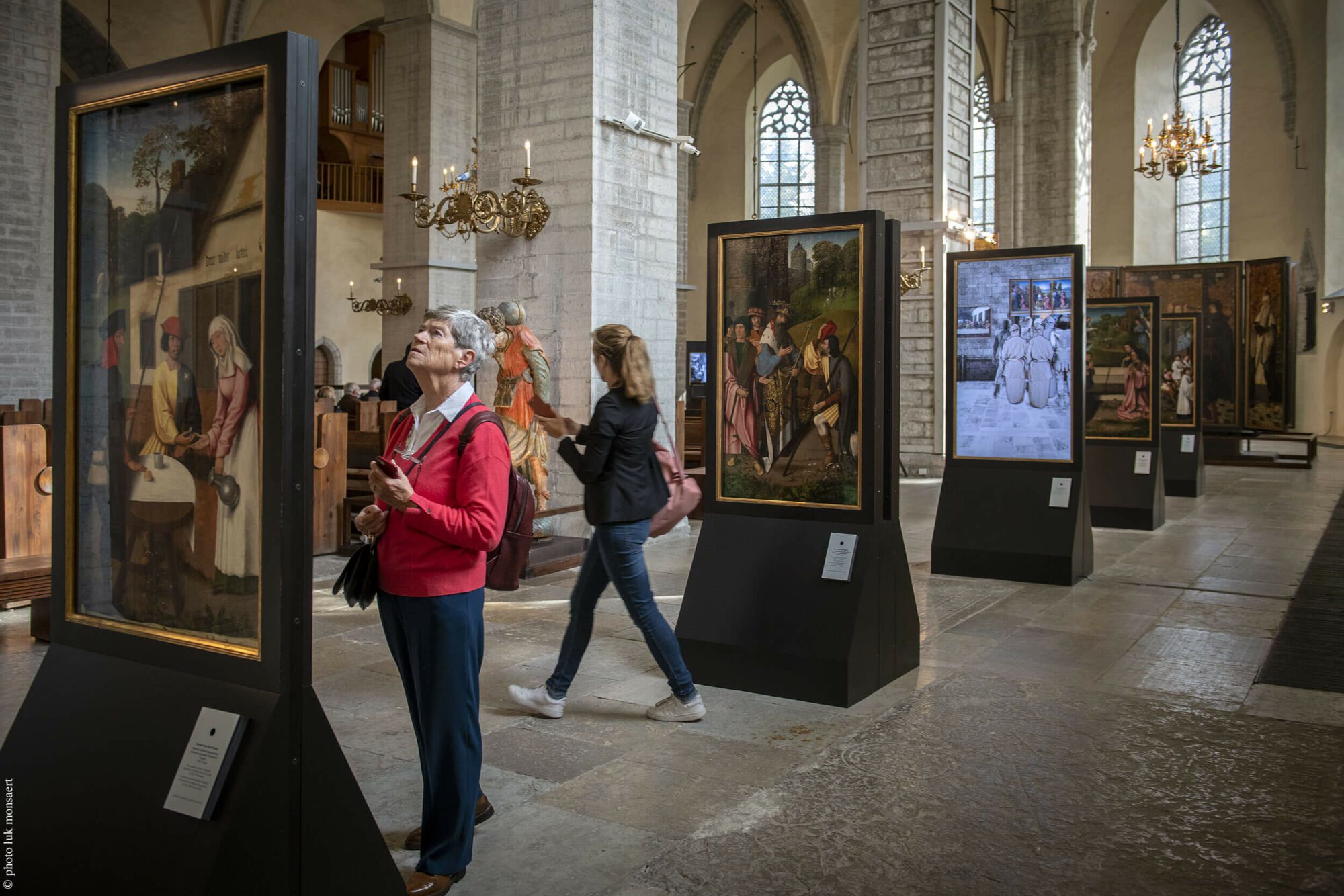History and Mystery: Latin American Art and Europe
The Kumu Art Museum in Tallinn will present the Latin American art collection of The Phoebus Foundation for five months during the exhibition History and Mystery: Latin American Art and Europe. This exhibition explores the European influences on Latin American art by highlighting two remarkable periods: the 17th to the 19th centuries on one hand and the modern era of the 20th century on the other.
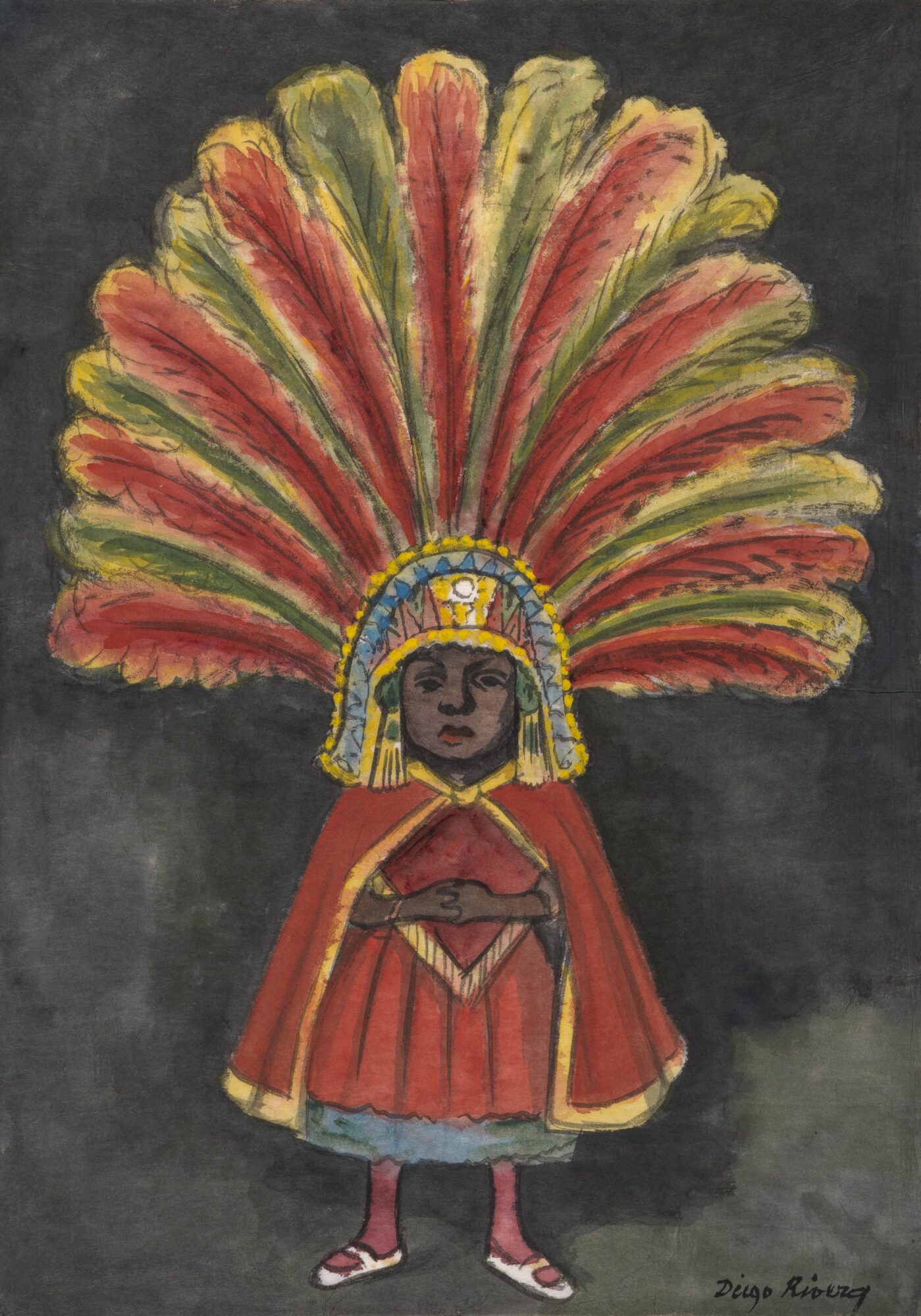
The first part of the exhibition highlights the unique bond between Latin America and Europe in art, which unfolded from the 17th century onwards. Influenced by European cultures, various local artists brought their own interpretations to life, resulting in remarkable masterpieces.
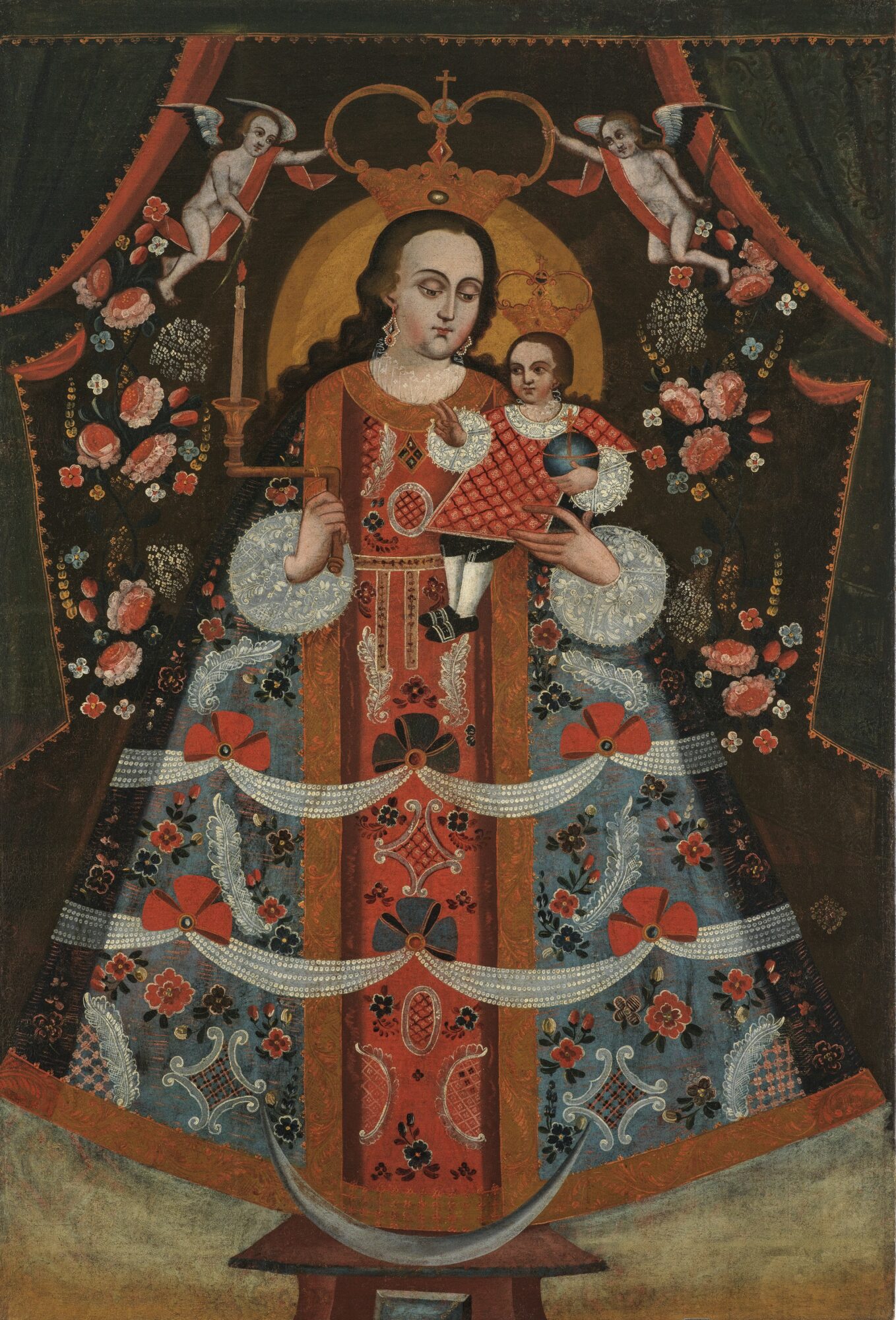
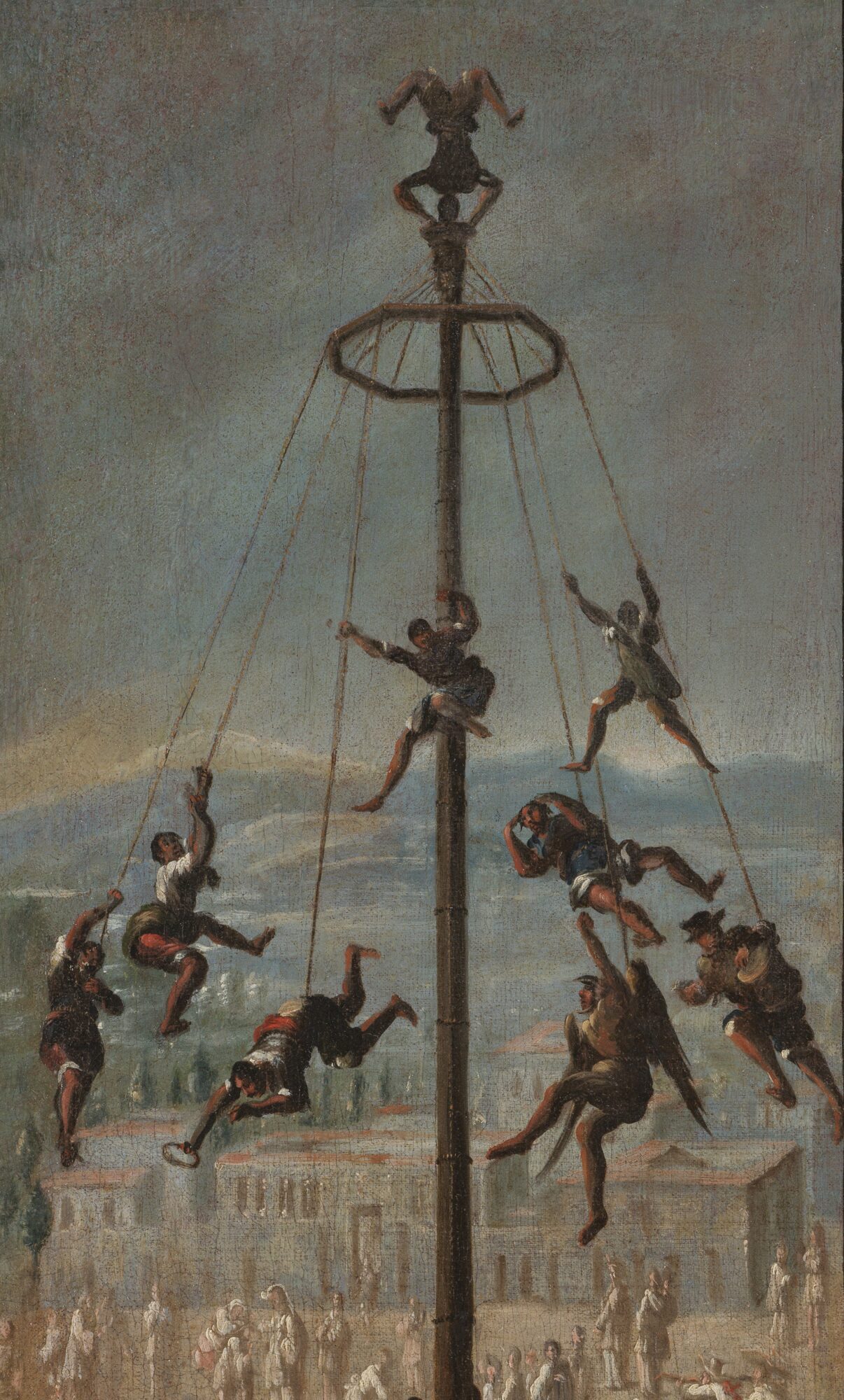
In the 20th century, a new dynamic emerged between Europe and Latin America with creative minds from diverse backgrounds meeting in cultural hubs such as Paris and Madrid. Their masterpieces have now found their way to this surprising corner of Europe. Additionally, a dedicated exhibition space awaits you, entirely devoted to the visionary art of the British-American artist Leonora Carrington.
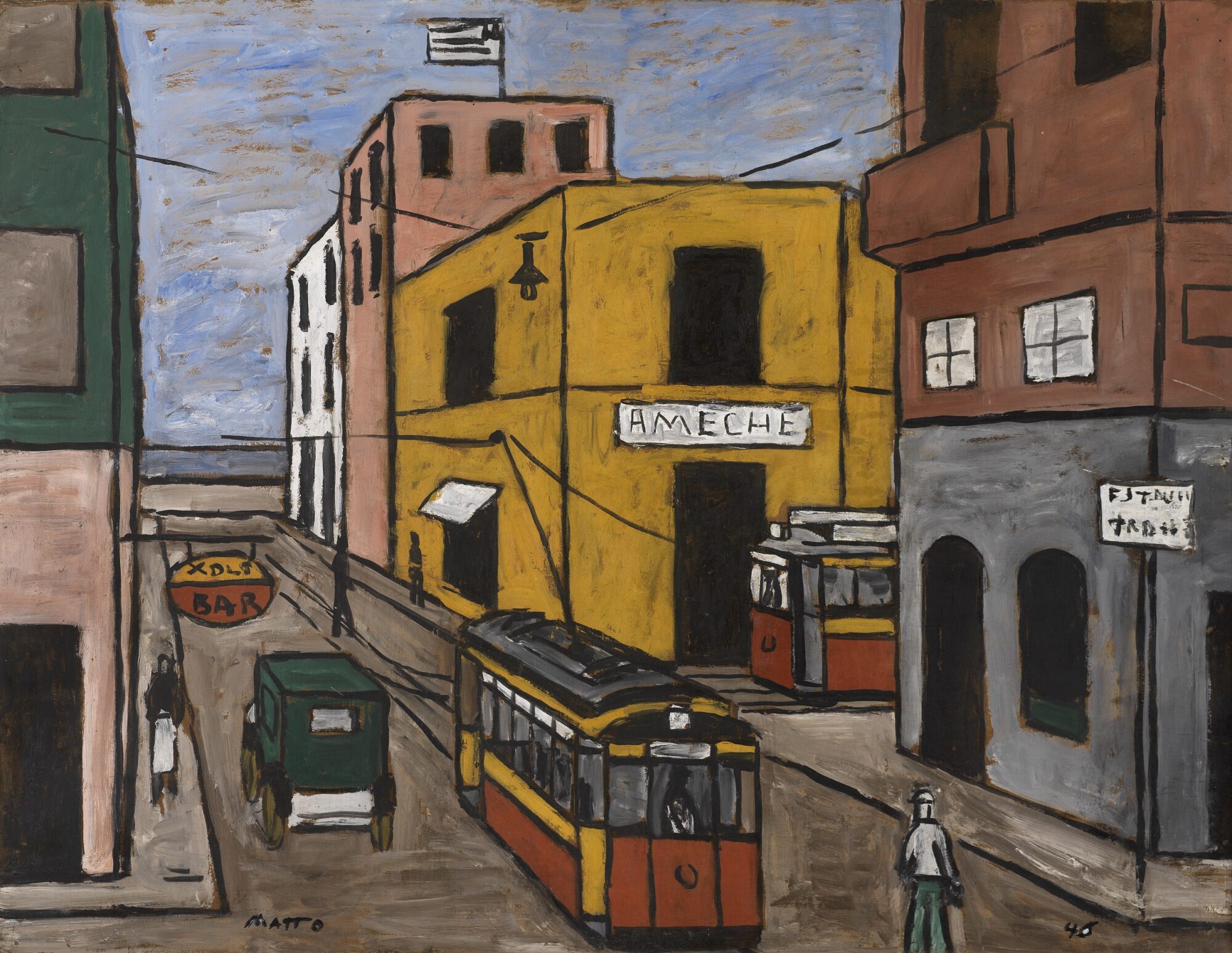
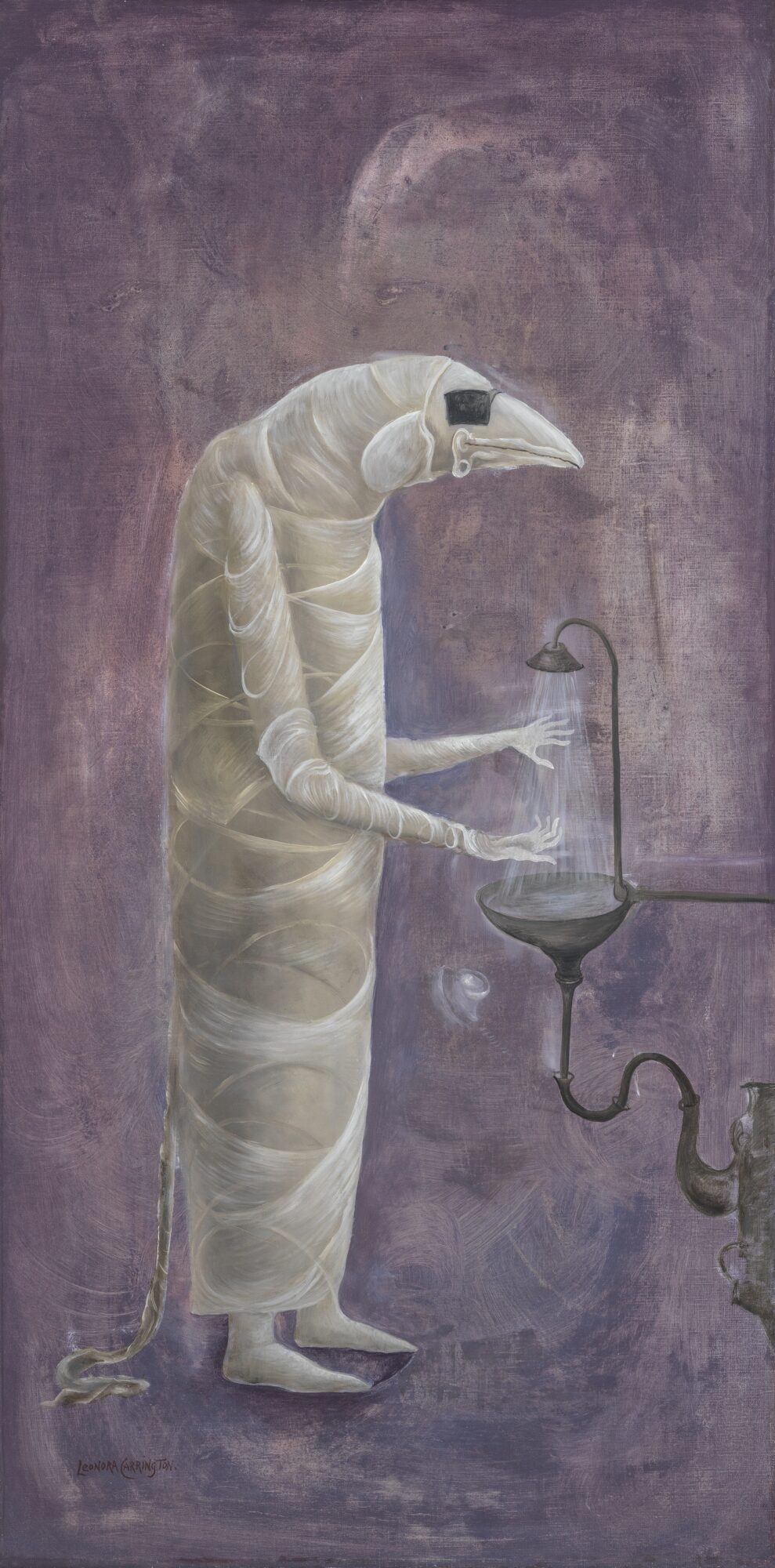
The exhibition runs until November 3, 2024, and is accompanied by a number of public events introducing the art relations between Latin America and Europe. More information and tickets can be found on the museum’s website, kumu.ekm.ee.
Saints, Sinners, Lovers and Fools: Three Hundred Years of Flemish Masterworks
Our Flemish masters are back in the spotlight, this time shining at the esteemed Montreal Museum of Fine Arts! Established in 1860, the MMFA is renowned as one of Canada’s oldest cultural institutions, housing nearly 47,000 artworks spanning thousands of years. With its innovative approach to art, the museum provides the perfect setting for this new exhibition that bridges past, present, and future.
Vice, vertu, désir, folie (or Saints, Sinners, Lovers and Fools) takes the viewer on a journey to the Low Countries from the 15th to the 17th century, a period marked by groundbreaking social, scientific, economic, and artistic developments. Featuring various works by iconic Flemish masters such as Hans Memling, Peter Paul Rubens, Anthony Van Dyck, Jacob Jordaens, and many others, the exhibition demonstrates how these timeless pieces still resonate in our world today.
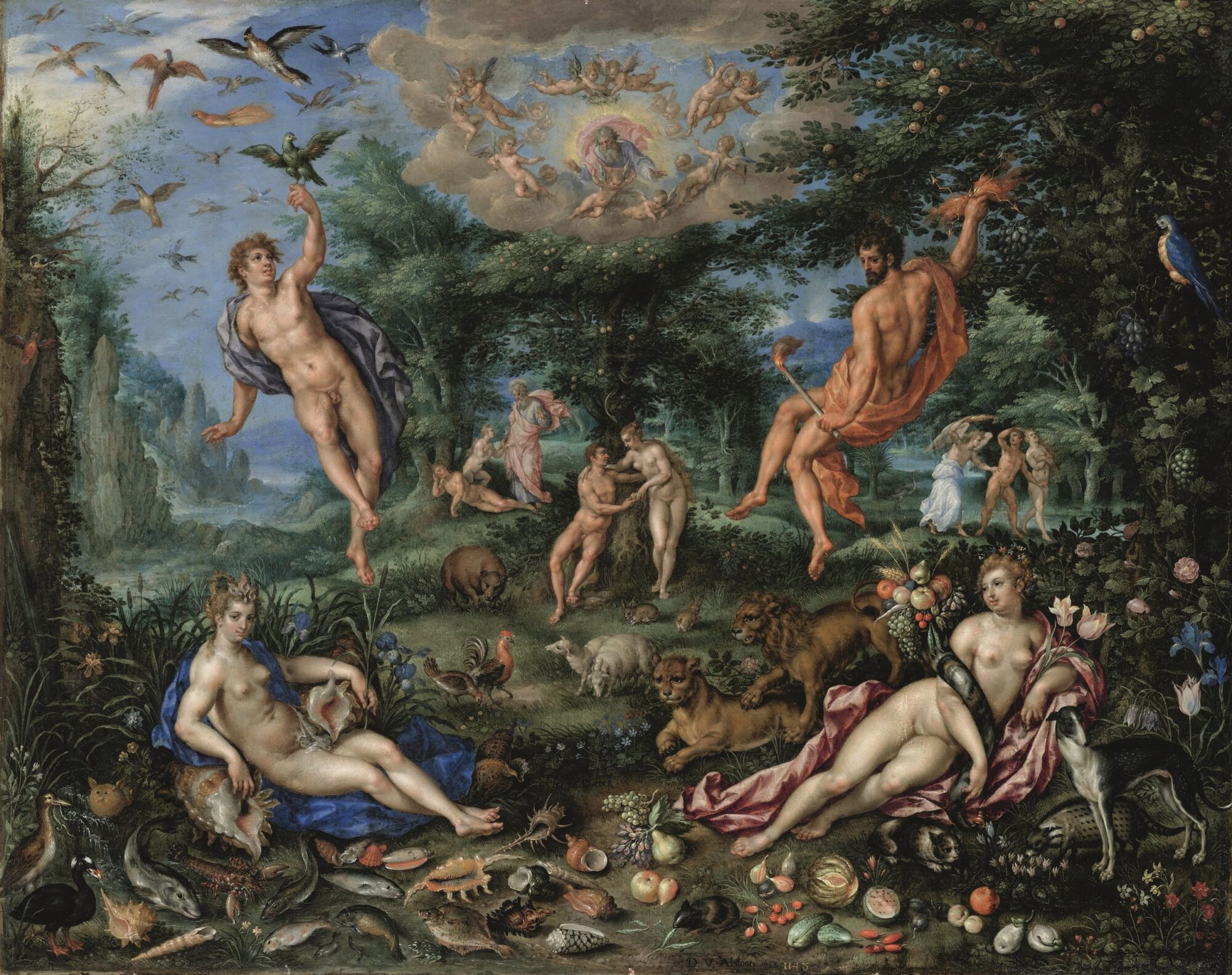
Saints, Sinners, Lovers and Fools. Three centuries of Flemish masterpieces runs from June 8 to October 20, 2024. Discover more at www.mbam.qc.ca.
Head-Baker
Another masterpiece from our collection has been given the place of honor at the Keizerskapel in Antwerp! This month, the portrait of Michael Sweerts was replaced by the extraordinary seventeenth century artwork The Head-Baker. This enigmatic scene is very peculiar as it shows bakers decapitating people and then kneading, deforming and replacing their heads. An example of creepy plastic surgery? The painting contains various moralizing messages from which the seventeenth century viewer had to take lessons. But what exactly are these hidden meanings?
Discover the full story in the publication Phoebus Focus XXXI: Head-Baker, Aspirations of Human Makeability in the Fifteenth to Seventeenth Century by Dr Wendy Wauters and take a look at the painting in the Keizerskapel!
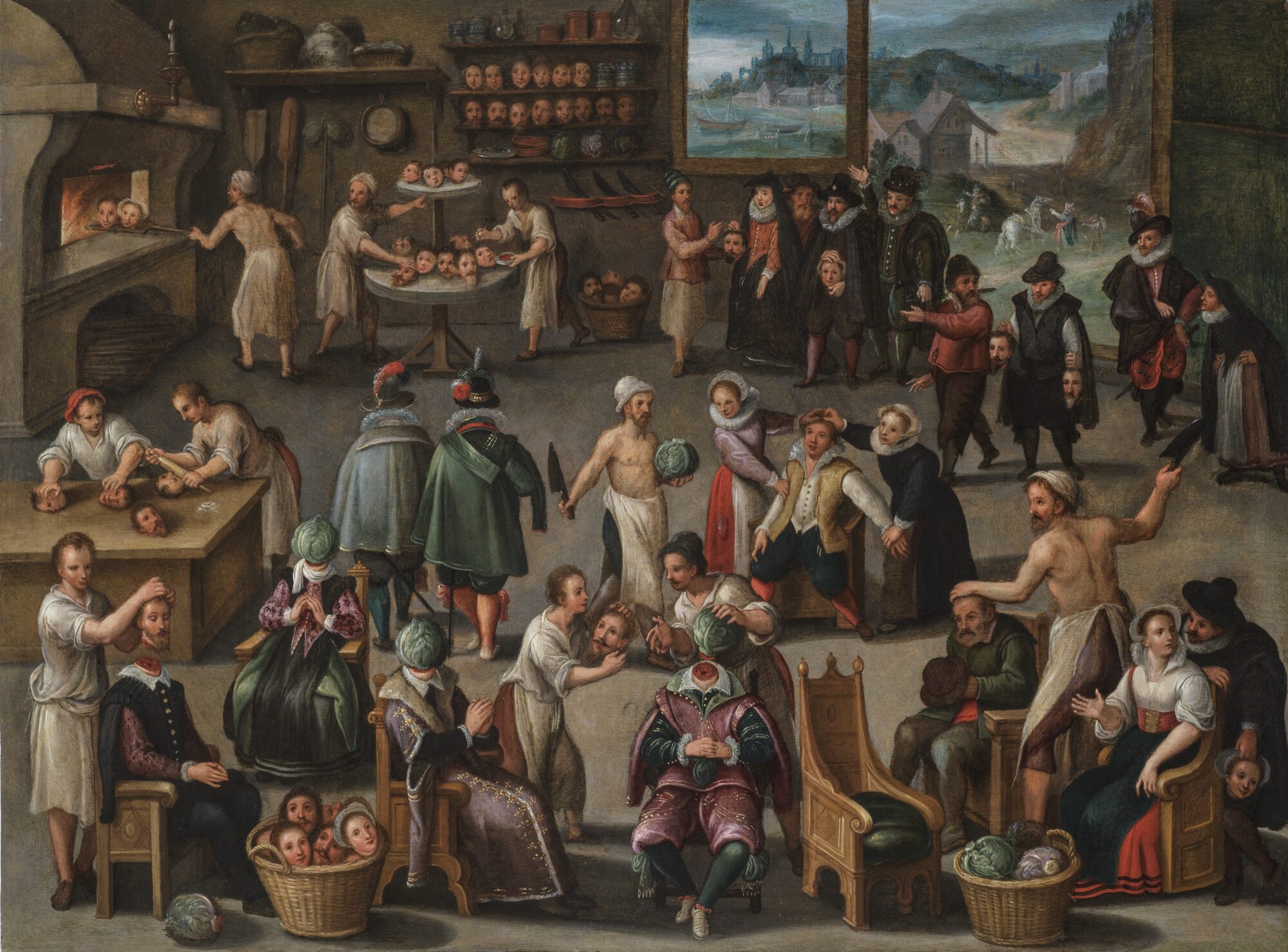
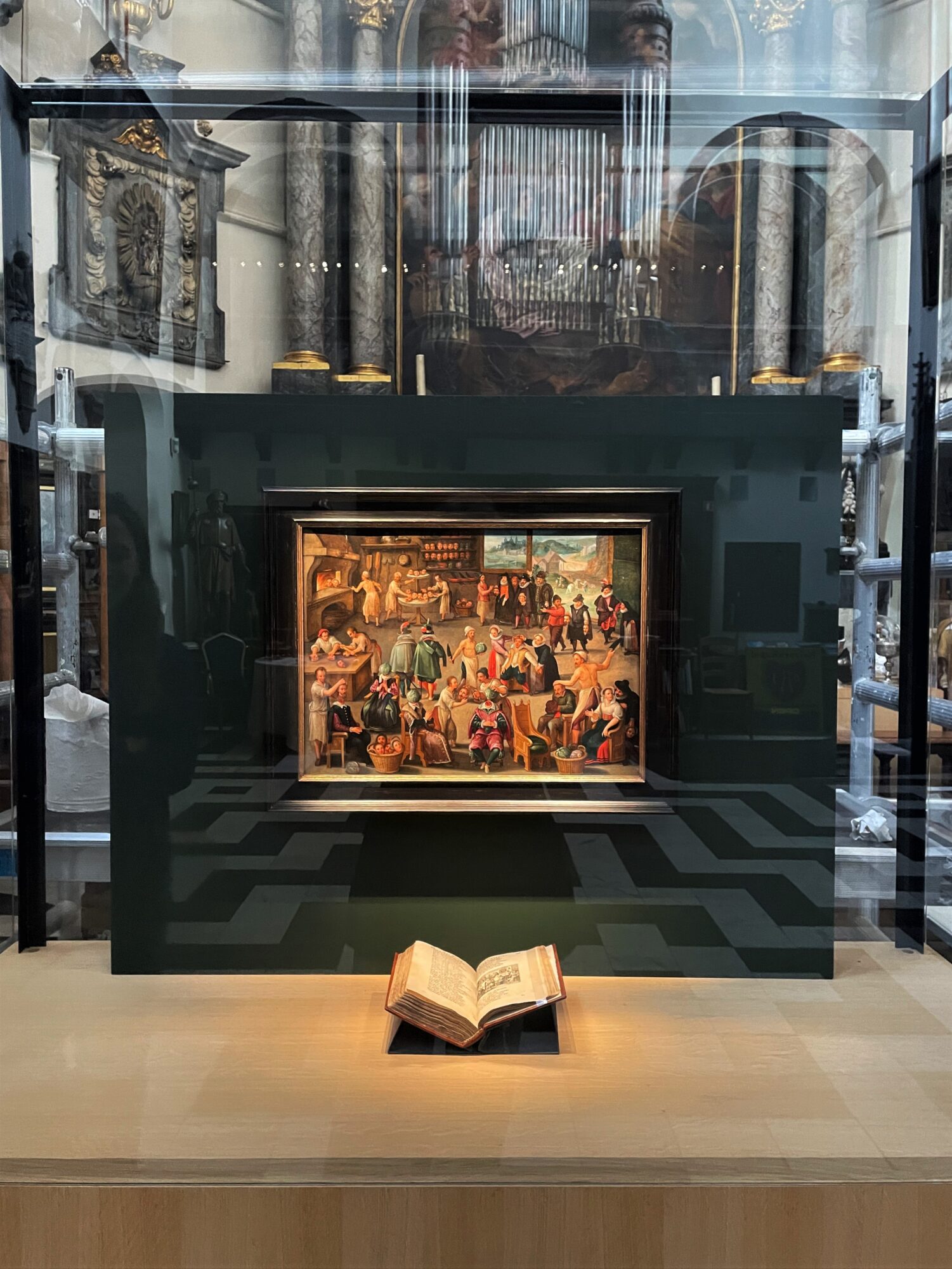
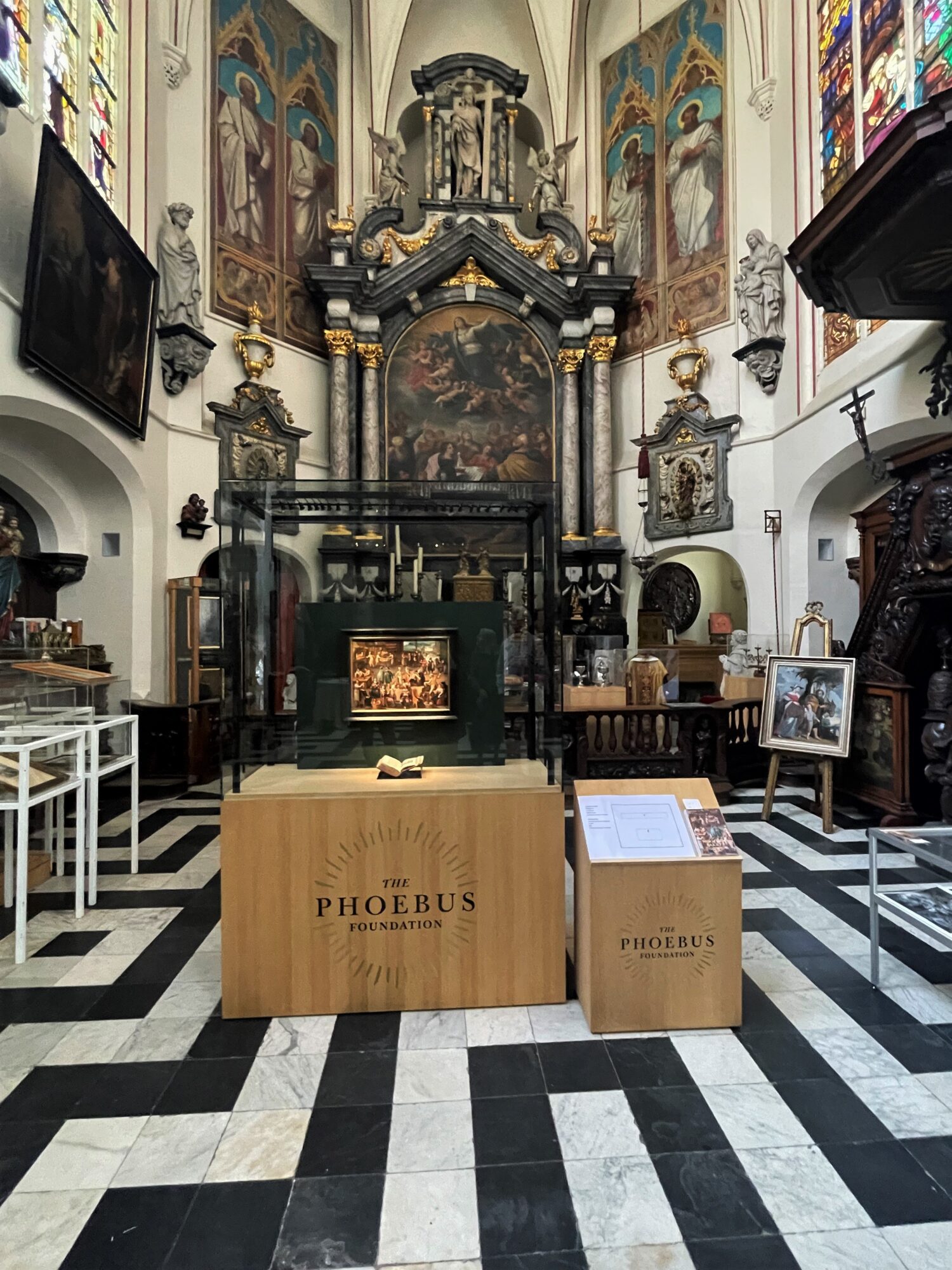
The chapel is open Saturday and Sunday, from 1-5 p.m. Admission is free.
The CoBrA Depot
The CoBrA depot joins Katoen Natie’s HeadquARTers. It is an exploration of the very diverse collection: paintings, graphic work, sculptures and applied art, bibliophile editions and other publications as the foundation of the movement. Versatility is the strong suit of this collection. The big names of CoBrA are present: Dotremont, Alechinsky, Appel, Corneille, Constant and Jorn, among many others. From a slightly odd concept, totally in line with CoBrA, the depot visit gives the opportunity to experience the essence of the CoBrA movement.


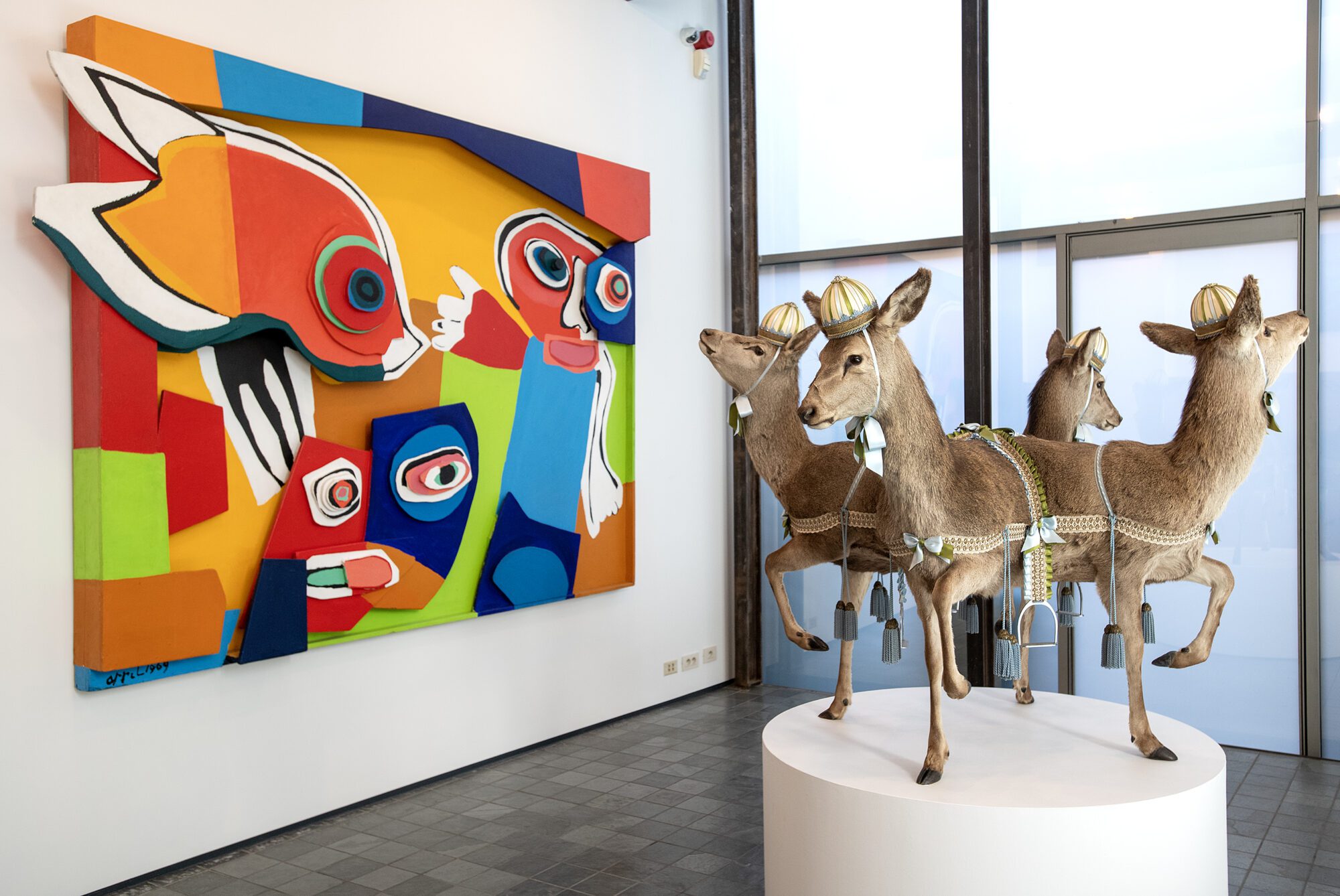
Saints, Sinners, Lovers, and Fools: 300 Years of Flemish Masterworks
The intercontinental exhibition Saints, Sinners, Lovers, and Fools continues its travels through the United States. This time, it will be on display in Dallas, Texas. Together with the Dallas Museum of Art, The Phoebus Foundation will be able to introduce a new audience to 300 years of Flemish history through more than 120 Flemish masterpieces.
The Dallas Museum of Art (DMA) is one of the largest museums in the United States. It was founded in 1903 and is located in the Arts District of Dallas. The museum collection comprises more than 24 000 works of art, including Impressionist and Post-Impressionist paintings, modern and contemporary sculpture, photography, Asian, African, and Native American art, as well as Greek, Roman, and Egyptian antiquities. These works from ancient to modern times are always available for visitors free of charge. Additionally, the museum offers access to a library of more than 50 000 volumes and a center for interactive learning.
DAM has had multiple high-profile exhibitions in the past. With Saints, Sinners, Lovers, and Fools, it will once again bring about a unique occasion for visitors to enjoy an essential piece of Flemish history.
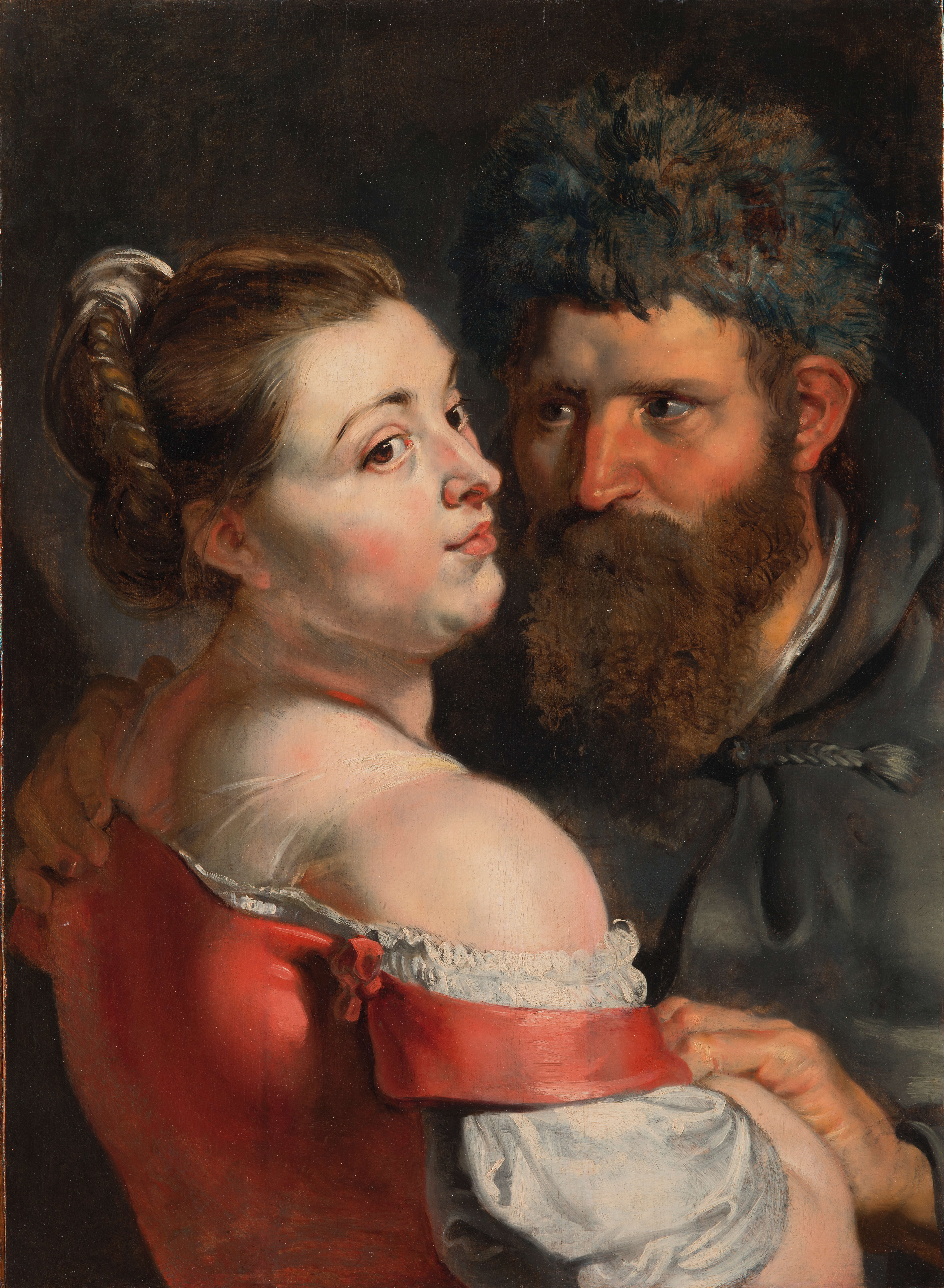
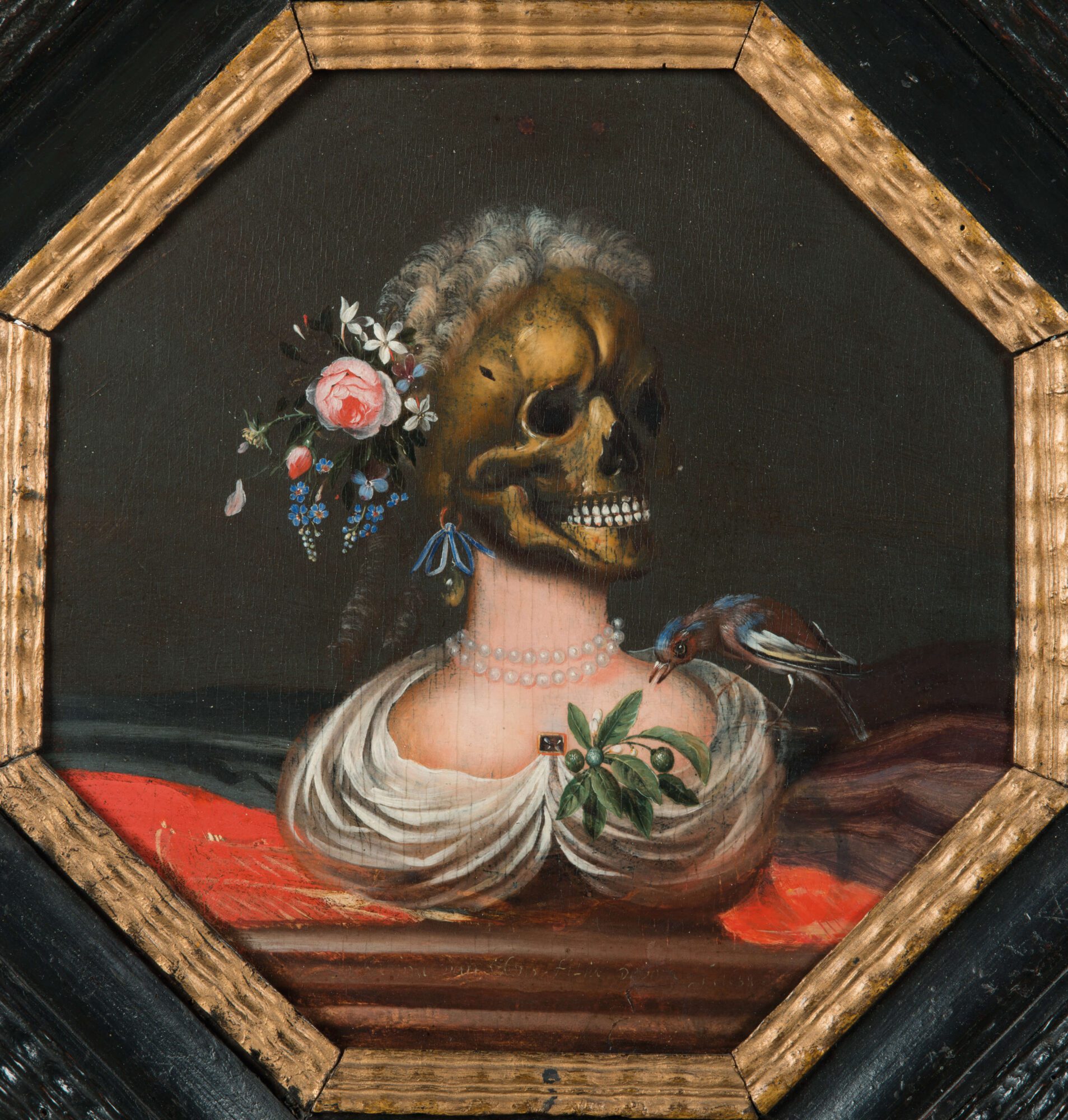
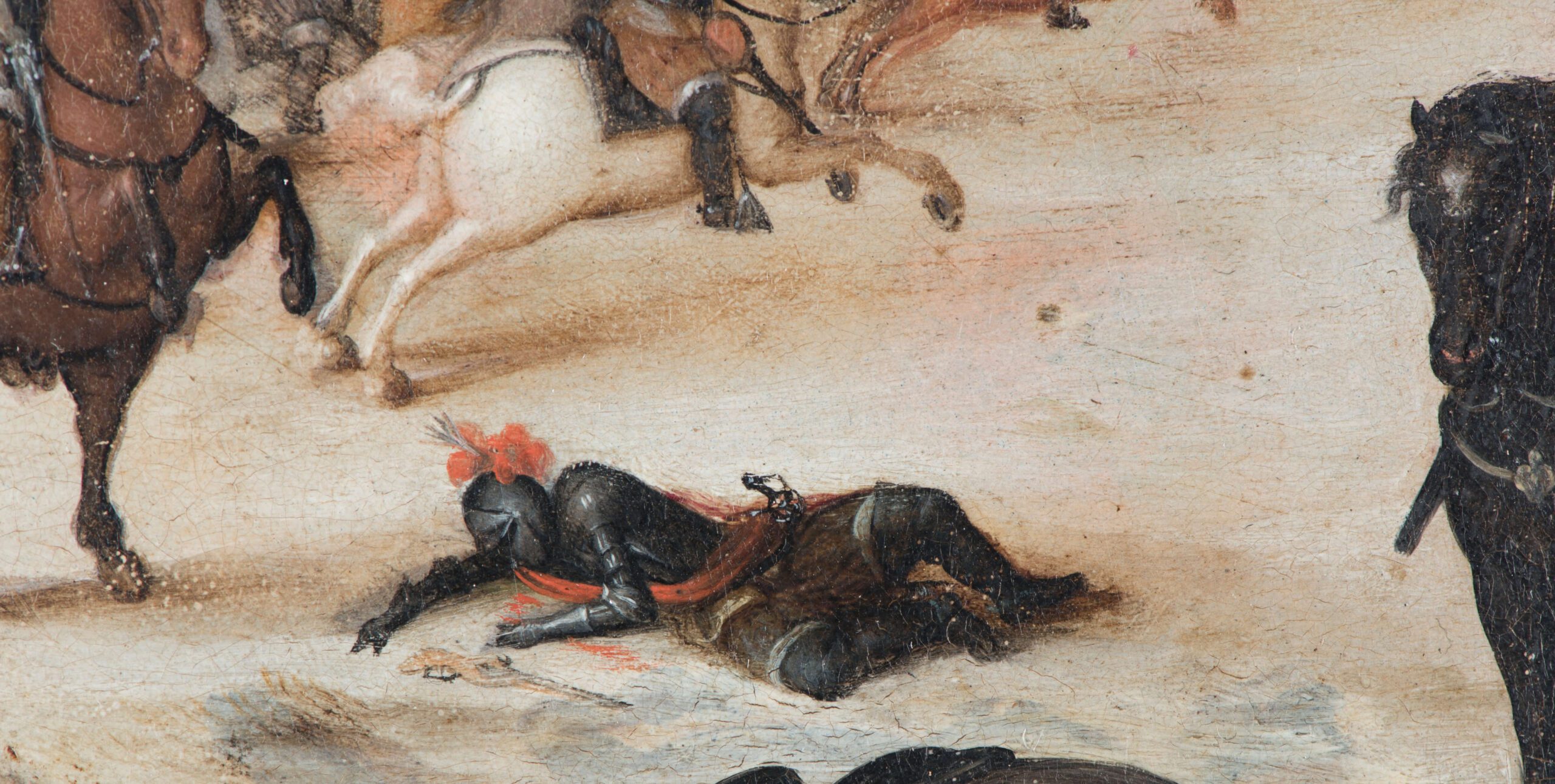
Painting Flanders
Flemish Art 1880-1914
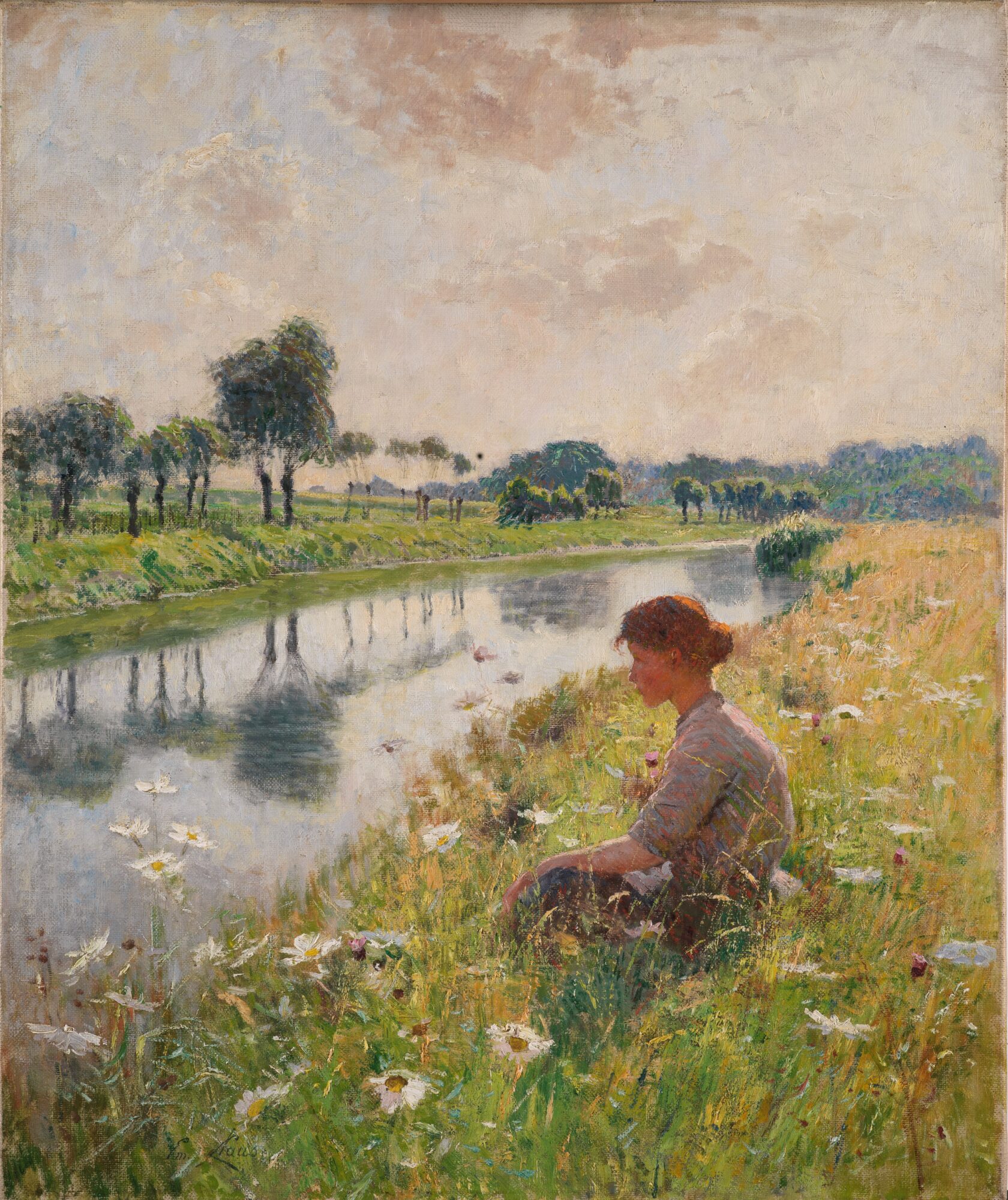
In the nineteenth century, Belgium becomes one of the leading industrial nations in the world. Farmers become factory workers, deserting the countryside for the city to live cheek by jowl in cramped and stinking slums. The growing nostalgia for a lost pastoral age causes artists like Emile Claus, Gustave Van de Woestyne, George Minne and Valerius De Saedeleer to abandon the stench of the city for the purer air of countryside. Aware of it or not, they are all searching for their roots, each in their own way. One finds them in ripening cornfields, another in the Bruegelian poetry of a winter landscape or a farmgirl’s sun-reddened face. Glimmering through their extra-ordinary paintings, sculptures and drawings is a kind of collective essence of what Flanders is. A monumental, uncomplicated, and often almost spiritual ode to the region and those whose lives are bound to it. But the Leie is not the only place where people paint. In Ostend James Ensor alternates between authentic fisherfolk and fantastical burlesque, for absurd humour is typically Flemish too. As the nineteenth century turns into the twentieth, Léon Spilliaert finds himself lost in a world of accelerating change. And while the First World War rages around, the paintings of Rik Wouters breathe joie de vivre.
With Painting Flanders, The Phoebus Foundation presents the story of an essential piece of Flemish art history from the end of the 19th century to the UK. The exhibition is a real debut as it is the very first at the newly built museum, Thomas Gainsborough’s House, in Sudbury, Suffolk. In this regard, the birthplace of British portrait genius Thomas Gainsborough (1727-1788) is the perfect location to introduce this story. Similarly to Emile Claus and co, he was inspired by masters like Peter Paul Rubens (1577-1640) and put his own twist on the artistic tradition. Moreover, Suffolk’s picturesque landscape bears many similarities to the vast nature around the river Leie which amazes, soothes, and inspires.
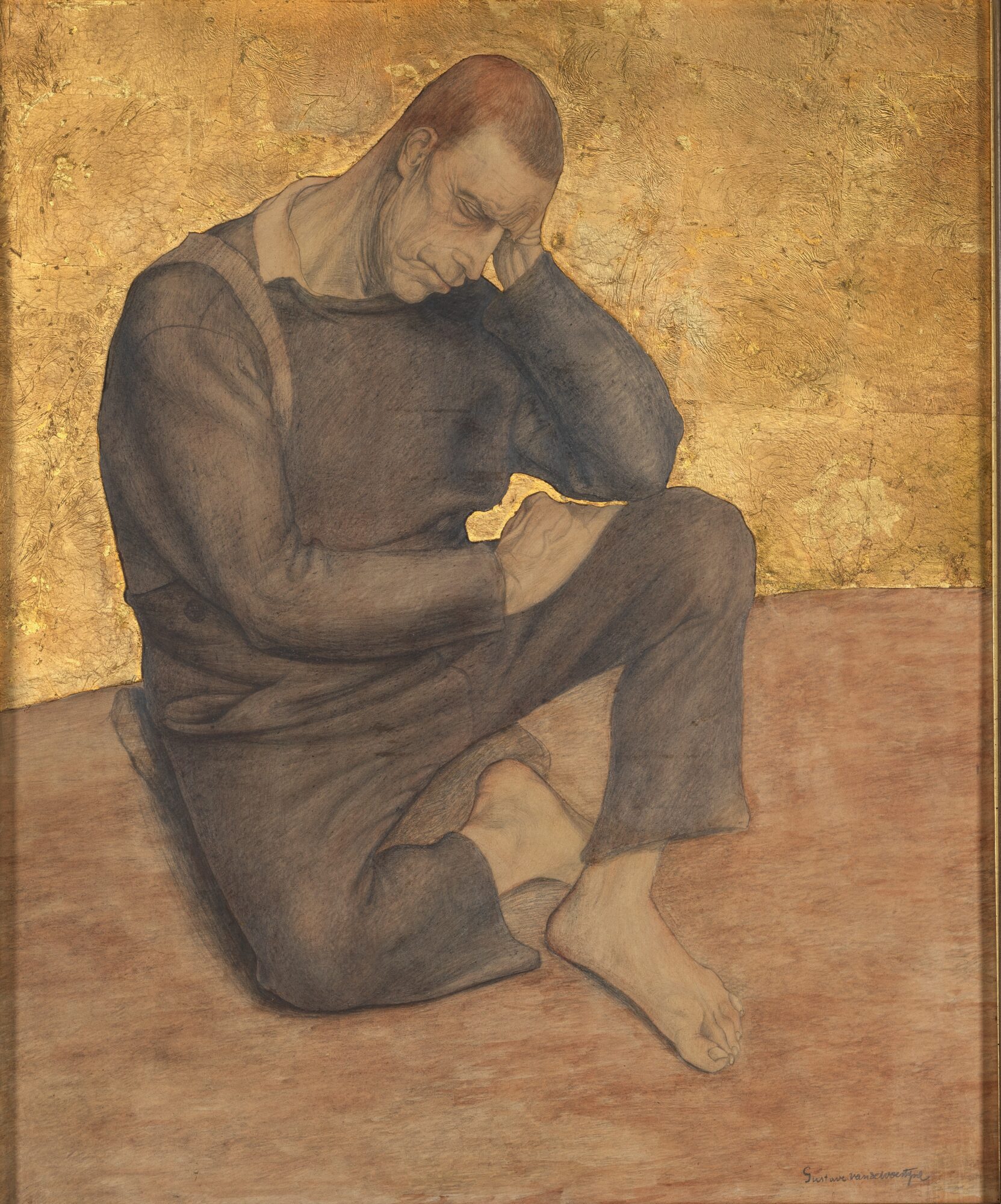
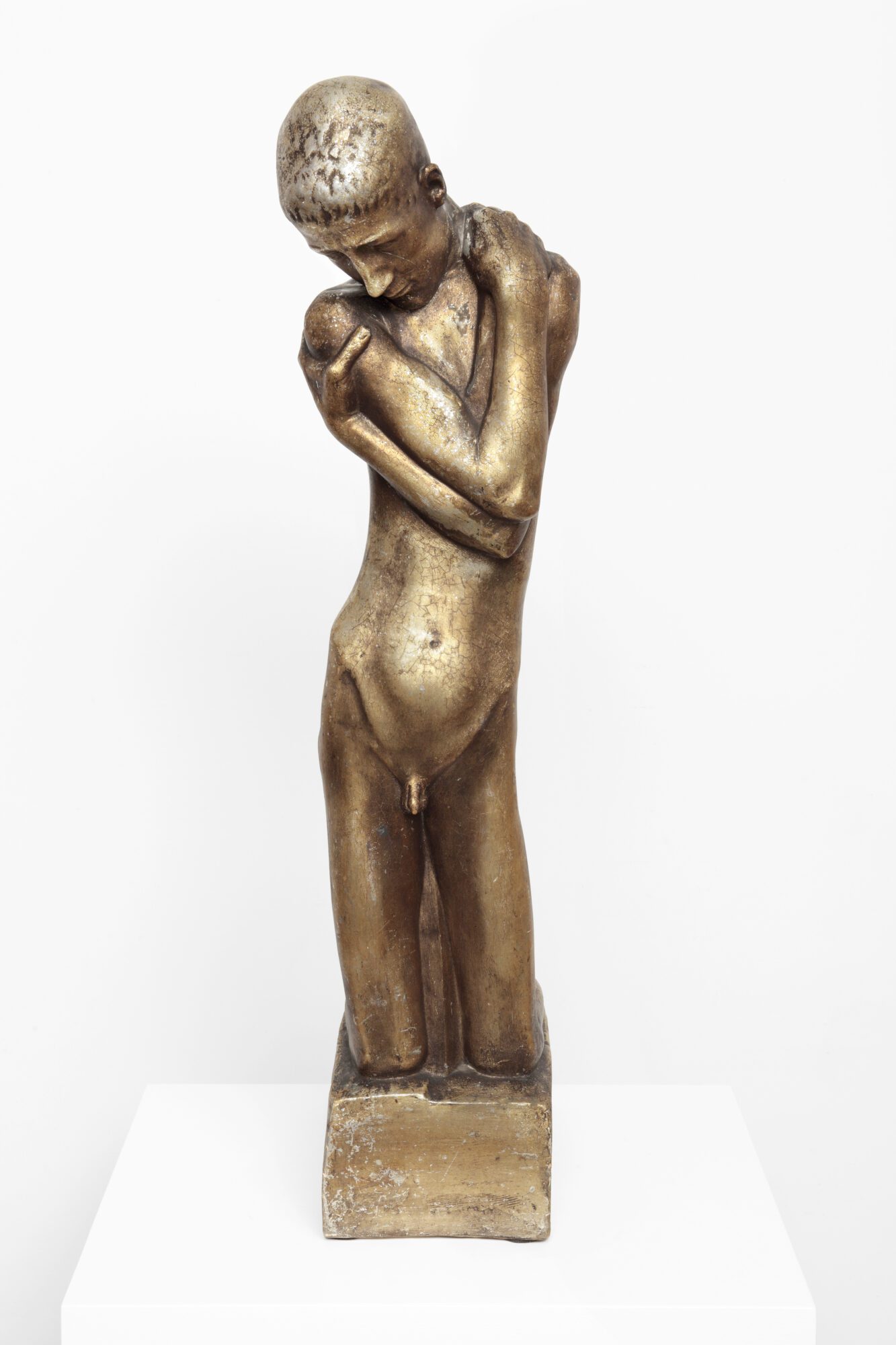
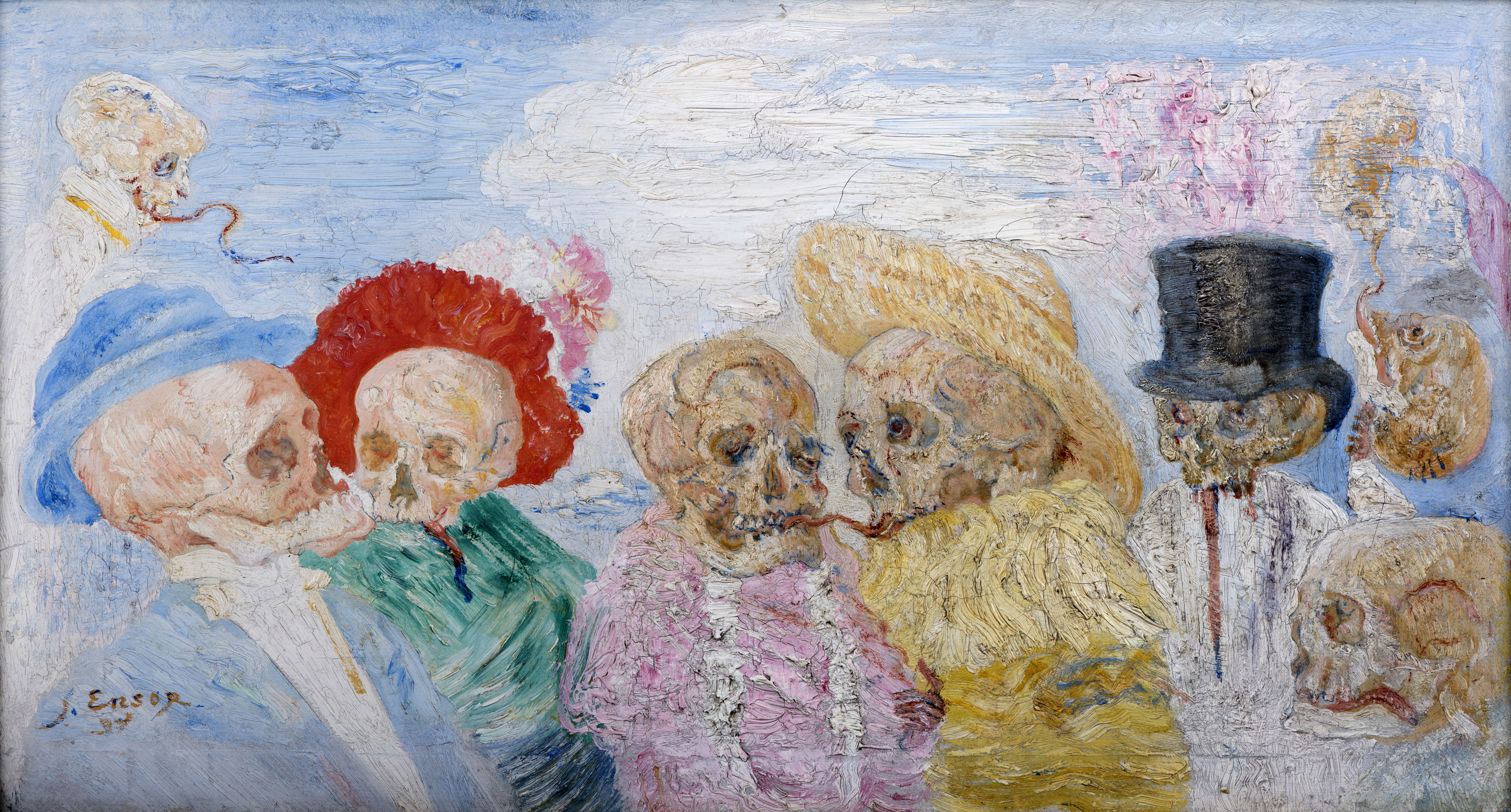
Watch the video
Painting in the Spotlight: Michael Sweerts
The Chancellery of The Phoebus Foundation has been working with the Keizerskapel (Emperor’s Chapel) in Antwerp since 2017. On a regular basis, a new and unknown jewel from the collection is presented at this unique location. An edition of Phoebus Focus tells the story of the masterpiece and its author gives a lecture. This time, an exceptional portrait by Michael Sweerts (1618-1664) enters the spotlight!
Michael Sweerts (1618-1664) may not be as well-known today as his Antwerp contemporaries Peter Paul Rubens or Anthony Van Dyck, but the Brussels master was a pioneer in portraiture in his time, working on commission for the highest nobility.
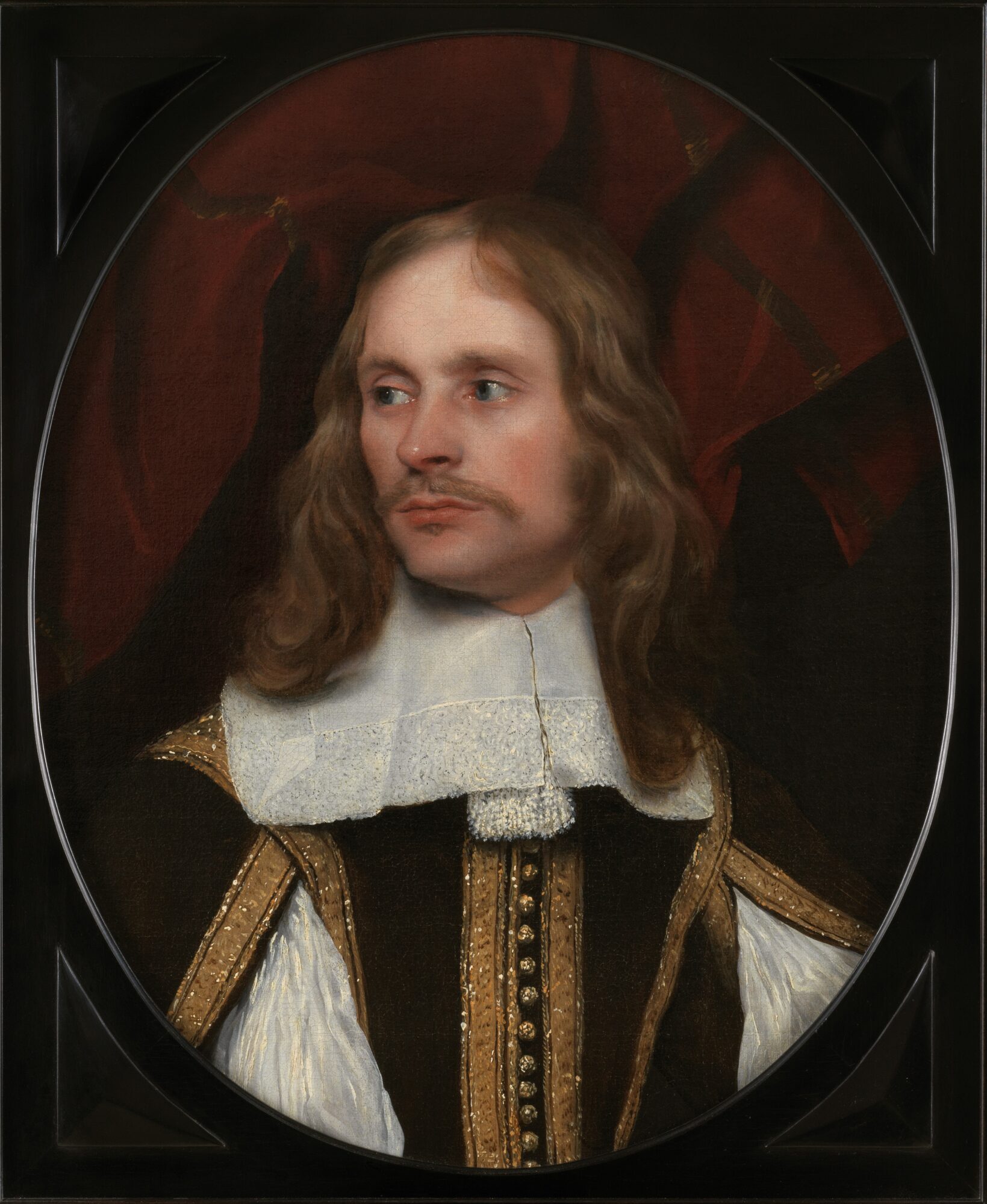
One of the most beautiful examples from Sweerts’ oeuvre is this Portrait of a Man, which the master painted after his return from Rome and right after the foundation of his Brussels drawing academy, with which Sweerts made an important contribution to the academic education of young artists in Brussels. The portrait shows Sweerts’ characteristic style, in line with the Flemish tradition but with a bolder composition. The portrait breathes theatricality: the draped red curtain in the background and the light on his face create a vibrant pictorial atmosphere. In addition, the person being portrayed is particularly dynamic. He has turned his head, as if he is moving. The identity of the man may have passed into anonymity, but there is no doubt that he came from a wealthy family and was extremely fashionable. The doublet with slits and golden details, the elaborate lace collar and the long wavy hair suggest that it was a very distinguished gentleman who posed for Sweerts in the 1650s.
The Portrait of a Man remained under the radar for a long time until it appeared on the art market in 2010 and was later acquired by The Phoebus Foundation. As part of the collection of the art foundation, the work could finally be subjected to an extensive art historical research by Sweerts expert Lara Yeager-Crasselt. Her fascinating findings can be read in a Phoebus Focus edition, published by Hannibal Publishers.
Admire the portrait now at the Keizerskapel! The chapel is open every Saturday and Sunday from 1 PM until 5 PM. Admission is free.
Saints, Sinners, Lovers, and Fools
300 Years of Flemish Masterworks
More than 120 masterpieces from our old masters sub-collection will cross the atlantic to take the US visitors on a rollercoaster ride through 300 years of Flemish art!
In the heart of the United States, at the foot of the Rocky Mountains, Denver Art Museum is the venue par excellence for this exceptional exhibition. Previously, the museum has hosted extraordinary shows on Claude Monet, Frida Kahlo, Venetian masters,… This time, Hans Memling, Peter Paul Rubens and other Flemish superstars take the spotlight!



Burcht Singelberg
In a powerful and wide landscape on the Scheldt in Beveren, Katoen Natie built a contemporary office castle that fully matches the historic character of the area. Burcht Singelberg is named after the name of the castle of the Beveren glory, which played a key role in the separation of the southern and northern Netherlands in 1585.
Only a hill remains of the historic castle, where the contemporary Burcht Singelberg has been erected. Katoen Natie and Indaver, among others, are based there. The buildings are grouped in a conglomerate, a bold whole that manifests itself prominently in the surroundings. Around the castle are various top works by Flemish and foreign contemporary artists: Michael Aerts, Pablo Atchugarry, Wim Delvoye, Atelier van Lieshout, Hubert Minnebo, Jef Mouton, Ramsey Nasr and Antonio Seguí. The crowning glory of the project is a walled ‘Flemish garden’, designed by landscape architect Dirk Vandekerkhove.
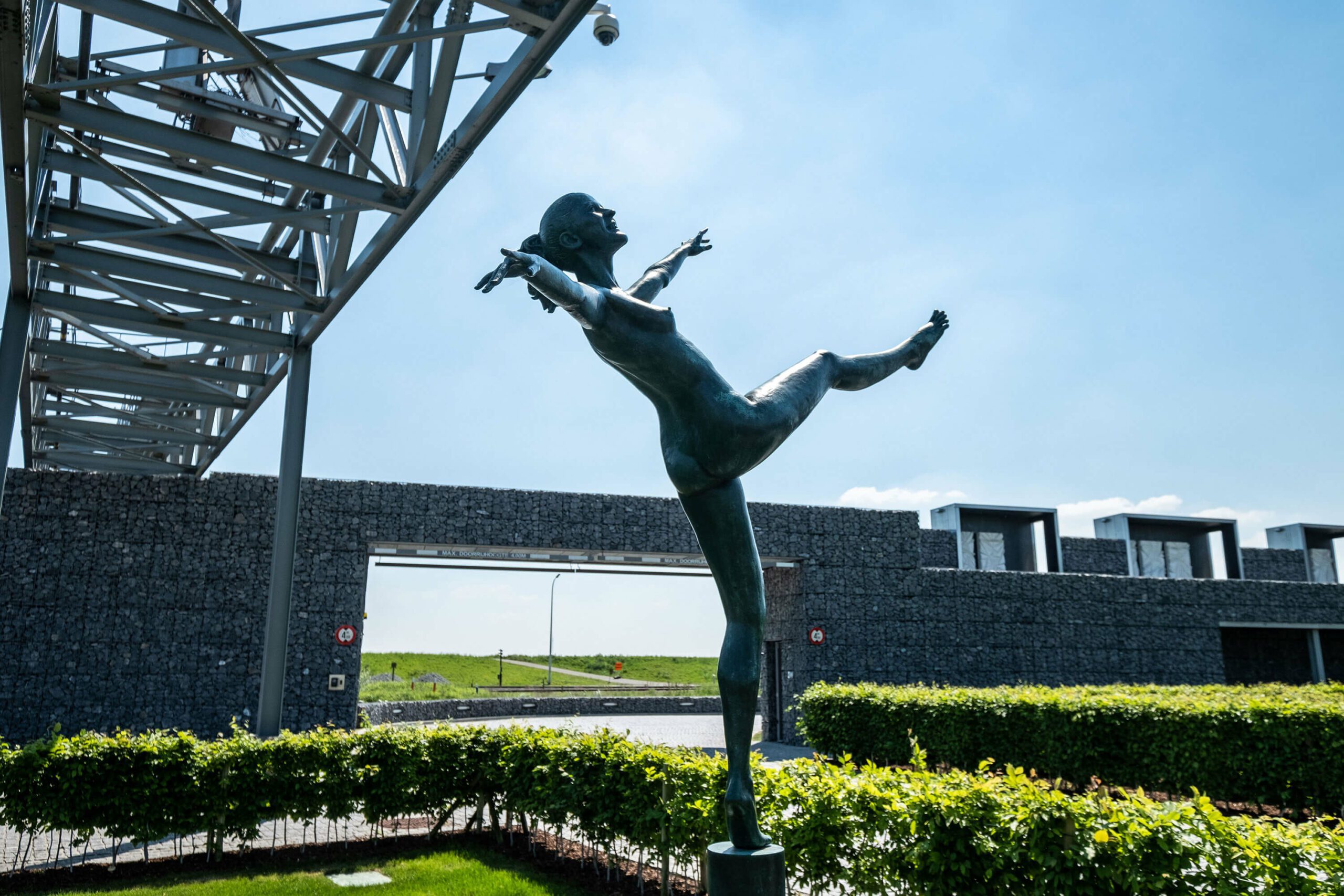
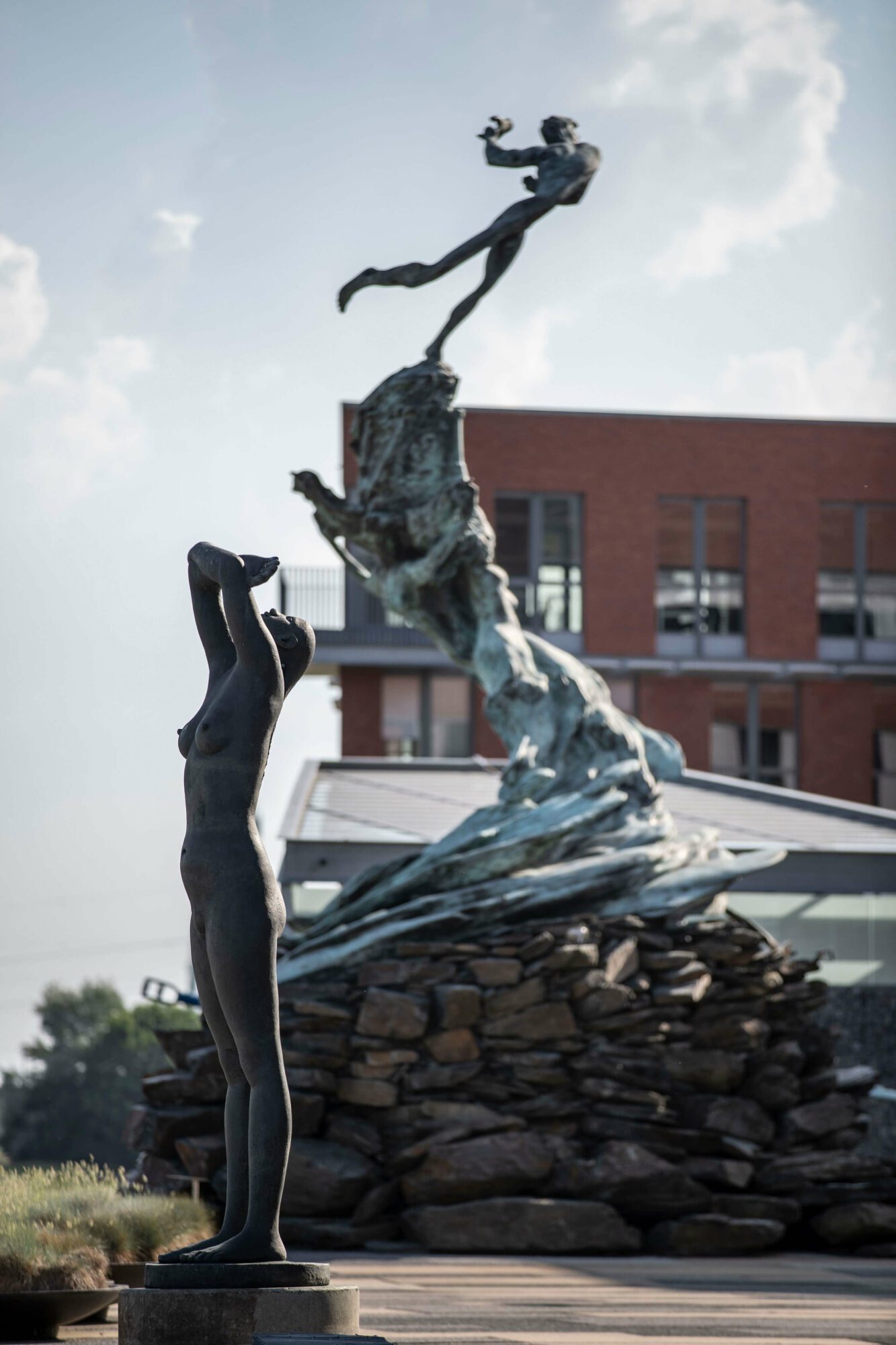
Crazy about Dymphna
The Story of a Girl who Drove a Medieval City Mad
The story of the Irish princess Dymphna reads like a tragic fairy tale. When her mother dies, her father the king asks her to marry him. Maddened by grief at the loss of his wife, he decides his daughter would be the perfect replacement. But Dymphna bravely rebuffs his proposal and flees to the Continent, eventually finding her way to Geel in the Kempen region of what is now Belgium. The king tracks Dymphna down and beheads his rebellious daughter with his own hands. All the same, the princess’s courageous resistance made her hugely popular amongst local people, and before long she was proclaimed a saint. From the High Middle Ages onwards, pilgrims flocked to Geel, where Dymphna was venerated as a protector of the mentally ill. Her martyrdom led to a centuries-long tradition of care, mercy and charity. Geel is known to this day for its extensive care network and its unique approach to psychiatric patients, who are placed in the homes of local residents.
At the height of Dymphna’s cult Goossen Van der Weyden – grandson of the celebrated painter Rogier Van der Weyden – created an exceptional masterpiece: a monumental altarpiece made up of scenes depicting the Irish saint’s life and martyrdom. It was painted around 1505 for the Norbertine monks of Tongerloo Abbey, who gave it a prominent place in their church.
The Dymphna Altarpiece was recently acquired by The Phoebus Foundation and subjected to a large-scale conservation project lasting over three years. History had been extremely hard on the painting: in its five hundred years of existence, the masterpiece was cut down, neglected, vandalized, stolen and simply forgotten. A team of conservation specialists from The Phoebus Foundation has collaborated intensively with experts from Belgium and abroad to restore the work to its original glory. Discover the exceptional stories, forgotten for centuries, that unfolded beneath those layers of dust and dirt. An interactive scenography totally immerses you in Dymphna’s extraordinary world.
Watch the video
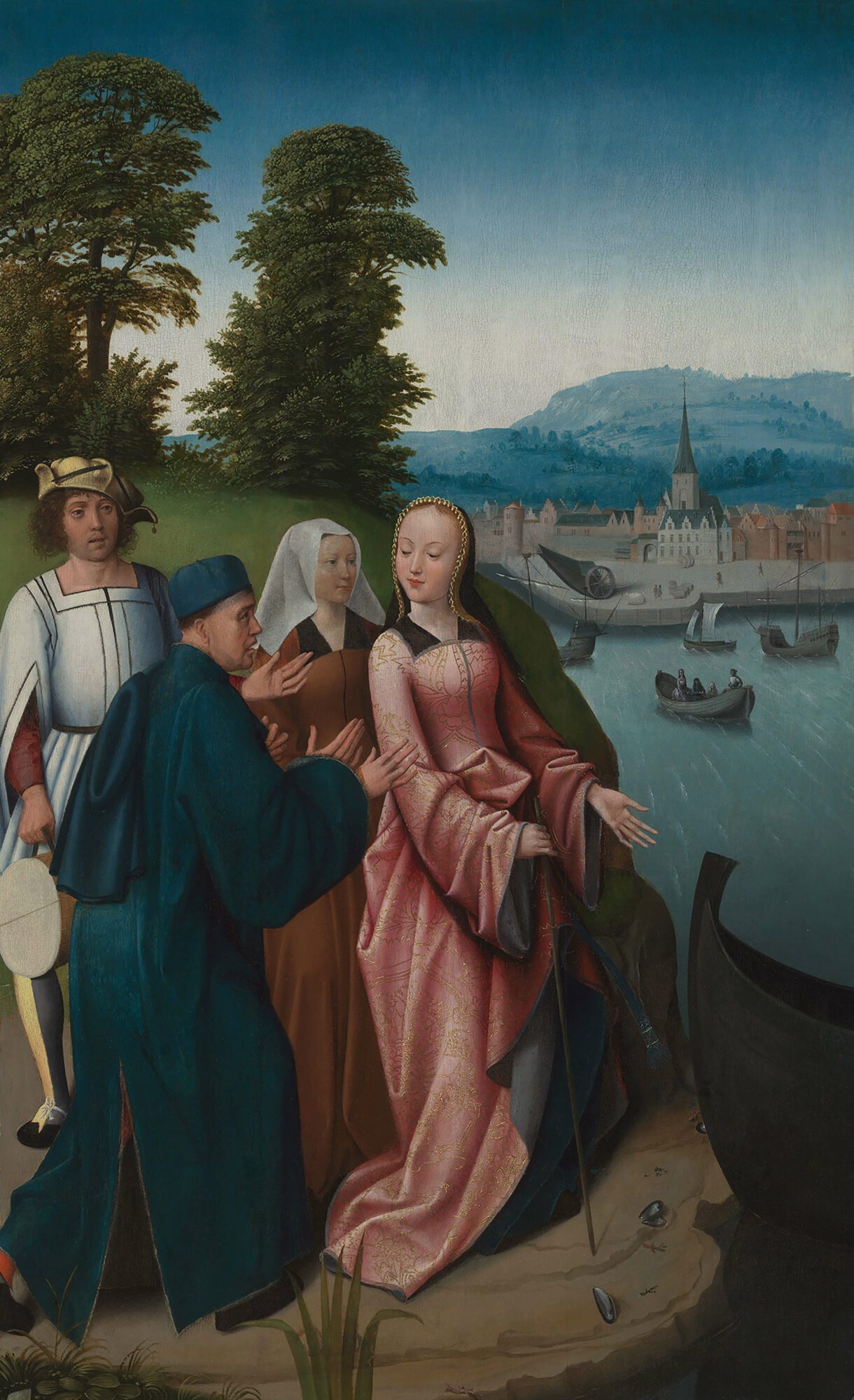
Rascals & rebels
The exhibition “Rascals & Rebels”, which adorns the corridors of the HeadquARTers, brings together contemporary European and Latin American artists.
Every artist addresses a social, political or cultural topic in his own playful or rebellious way. Sculptures by Maria Causa and Jose Gurvich, paintings by Edgard Tytgat and Julio Laraz, installations by Libero Badii and Eddo Stern, … They encourage the visitor to reflect on the generally accepted ideas.

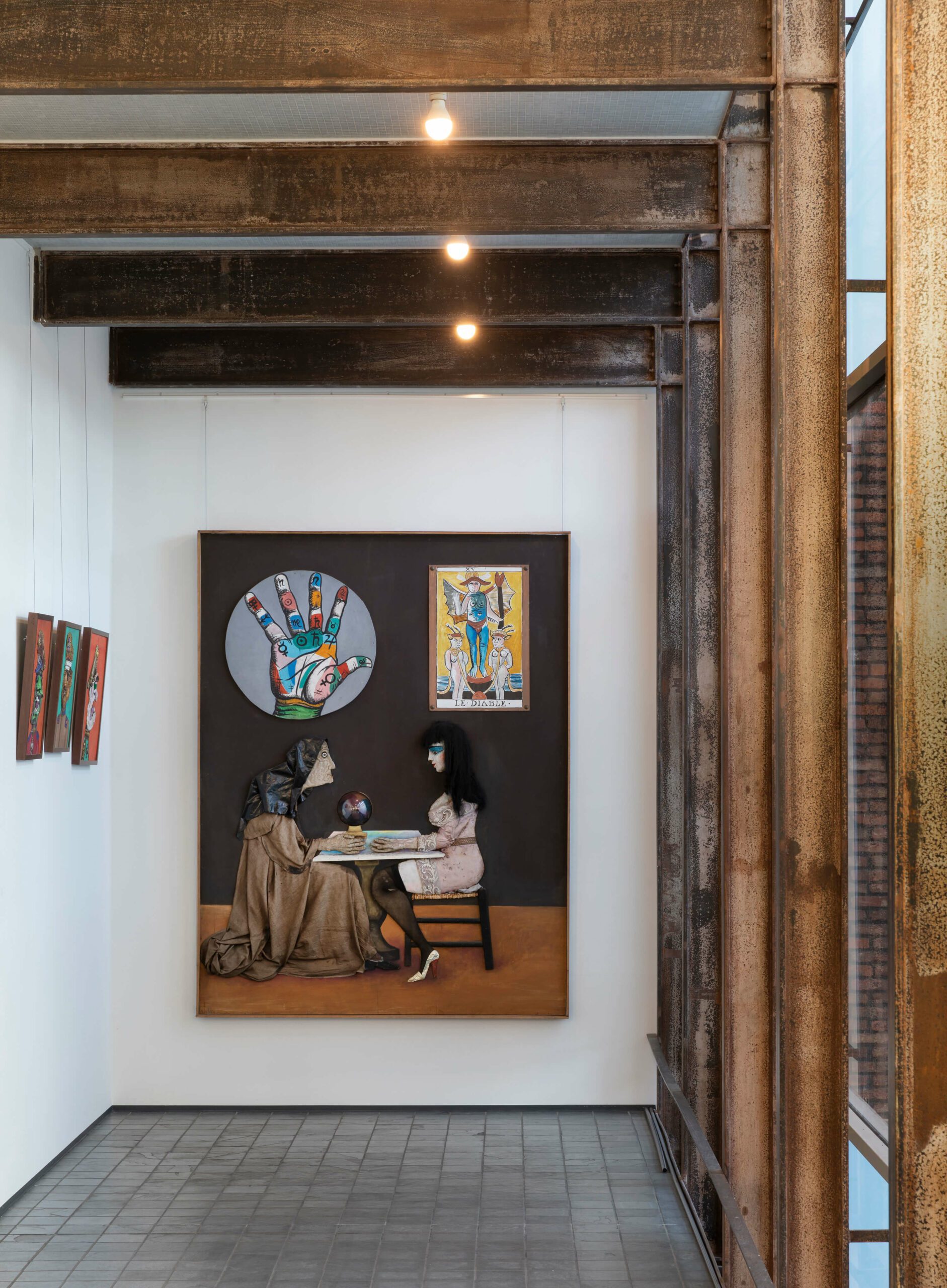
3500 years of textile art
Cotton, wool and leather. Katoen Natie was formed to trade, ship, and handle these basic raw materials. Today, the Katoen Natie group provides port and logistics services for a range of other sectors; however, it has maintained its links with the original business through a fascinating collection of antique textile art.
‘3500 Years of Textile Art’ illustrates the history of Egypt, from the Pharaonic to the Islamic period. In five serene rooms you will discover ancient textile art, clothing, accessories and other archaeological finds from ancient Egypt, the Near East and Central Asia.
The star attraction is the Tunic Room, which houses the world’s largest collections of complete tunics.
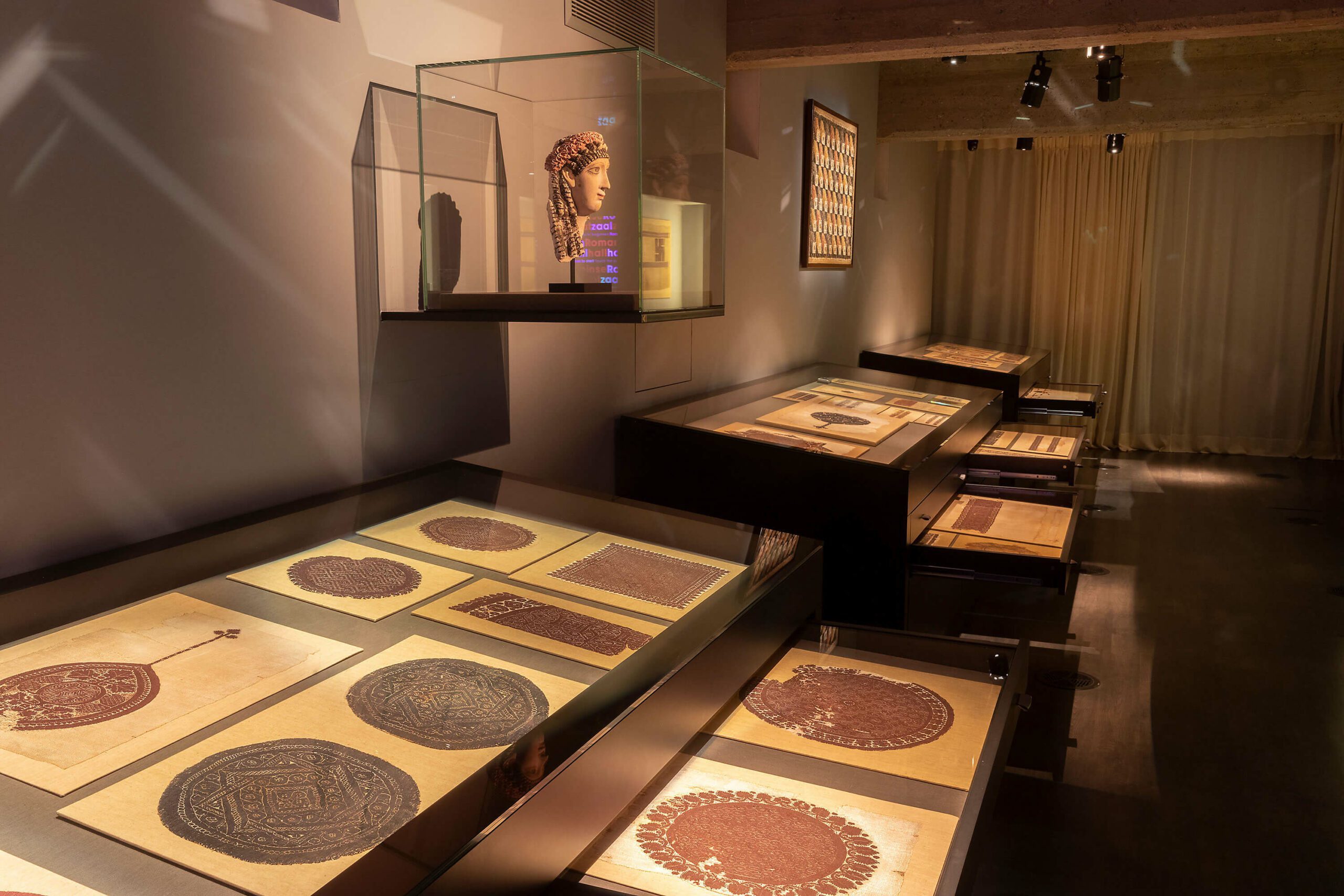
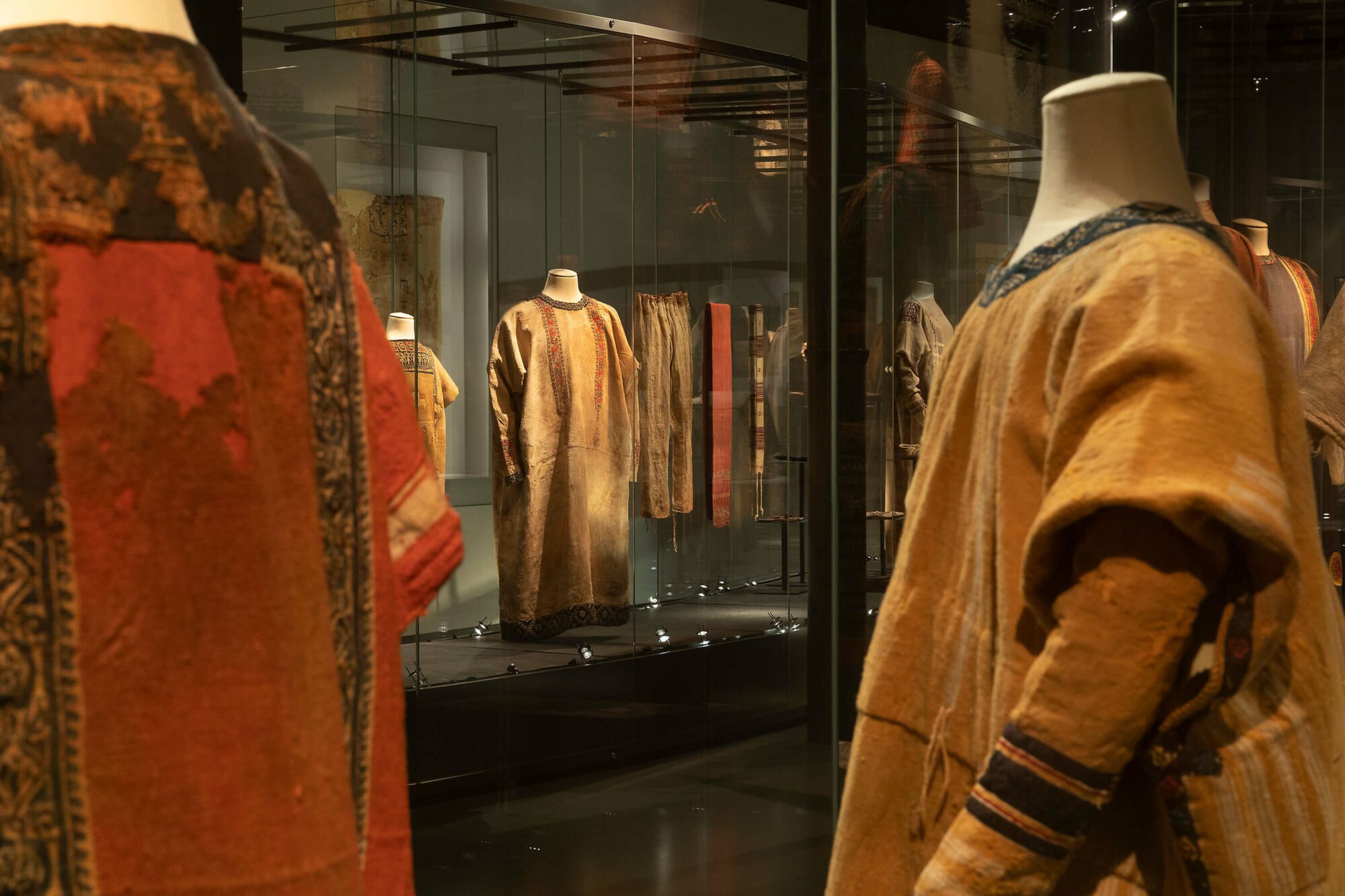
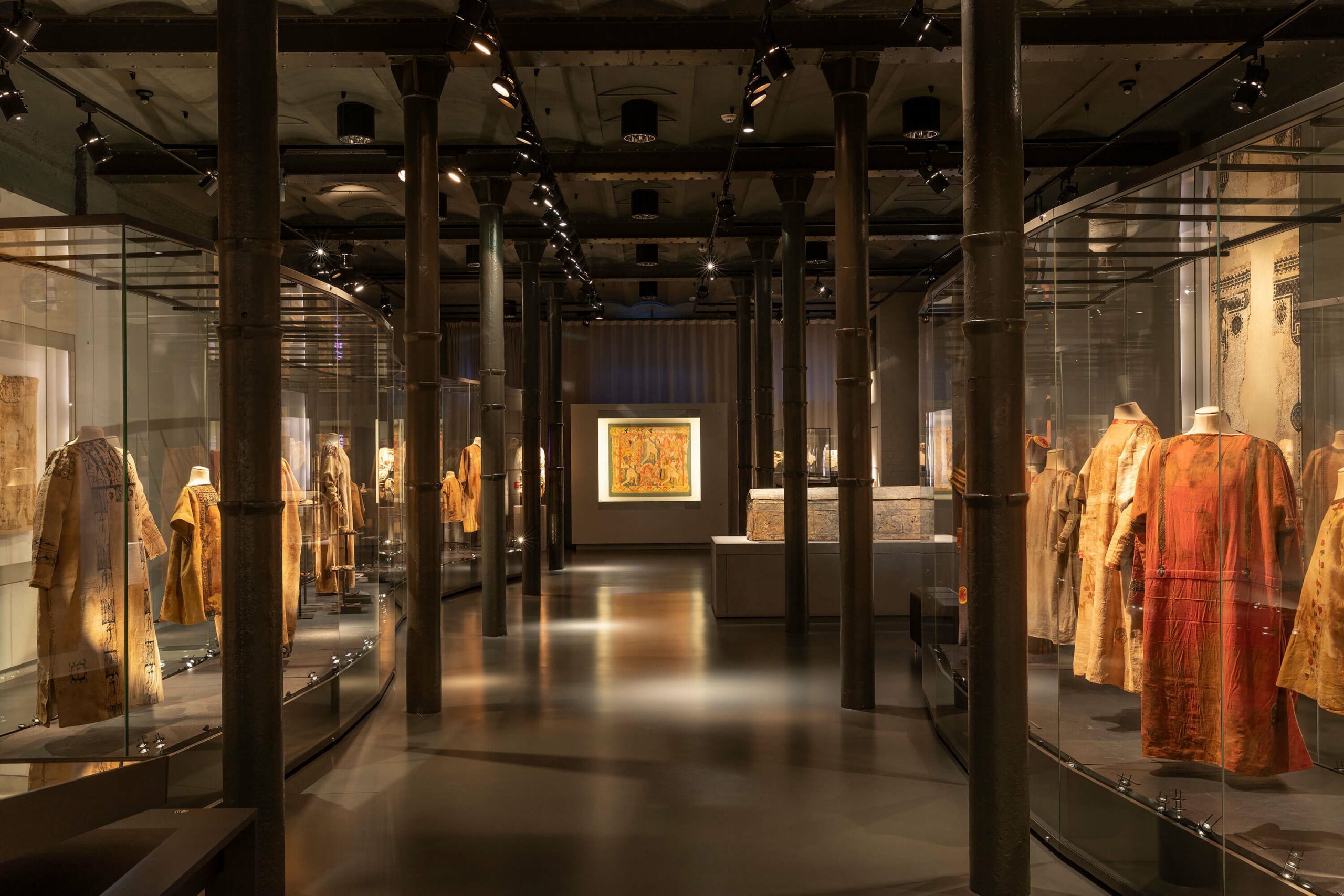
At Home with Jordaens
In cooperation with the Frans Hals Museum, The Phoebus Foundation presents the exhibition At home with Jordaens: the first monographic exhibition of the seventeenth-century Antwerp master Jacob Jordaens in the Netherlands.
Where the Northern Netherlands had Frans Hals, Rembrandt and Vermeer, in the Southern Netherlands they had their own Great Three: Jordaens, Rubens and Van Dyck. This exhibition focuses on Jacob Jordaens, with his great flair, worldliness, individuality and typicalities.

Jordaens made portraits, historical scenes and genre paintings until well into his old age. His next of kin were often a source of inspiration to him. His home served as his showroom and the room where he received his – wealthy – clients was spectacularly decorated with his own work. Especially for this exhibition a reconstruction of that reception room will be made in the Frans Hals Museum, which enables visitors to feel as if they were ‘at Jordaens’ home’ for a moment, surrounded by many works that have never been shown together before.
Watch video
The Birth of Capitalism
The Golden Age of Flanders
The Chancellery of The Phoebus Foundation, in collaboration with the Province of East Flanders, organized its very first exhibition in 2016 at the Caermersklooster Provincial Cultural Centre in Ghent. It marked the Chancellery’s first appearance as a new player in the field of old masters.
The Birth of Capitalism drew visitors back to the Golden Age of the Southern Netherlands (fifteenth and sixteenth centuries). It painted a picture of the economic power of the County of Flanders and the Duchy of Brabant – important technological, industrial and commercial centres of the then known world, and cast a fresh light on an economic and cultural highpoint.
The exhibition devoted to the ‘Silicon Valley of the Middle Ages’ attracted some 70,000 visitors, including the Belgian royal family.
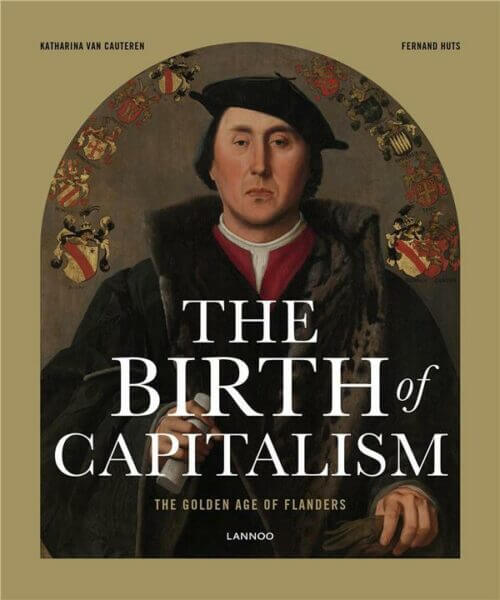

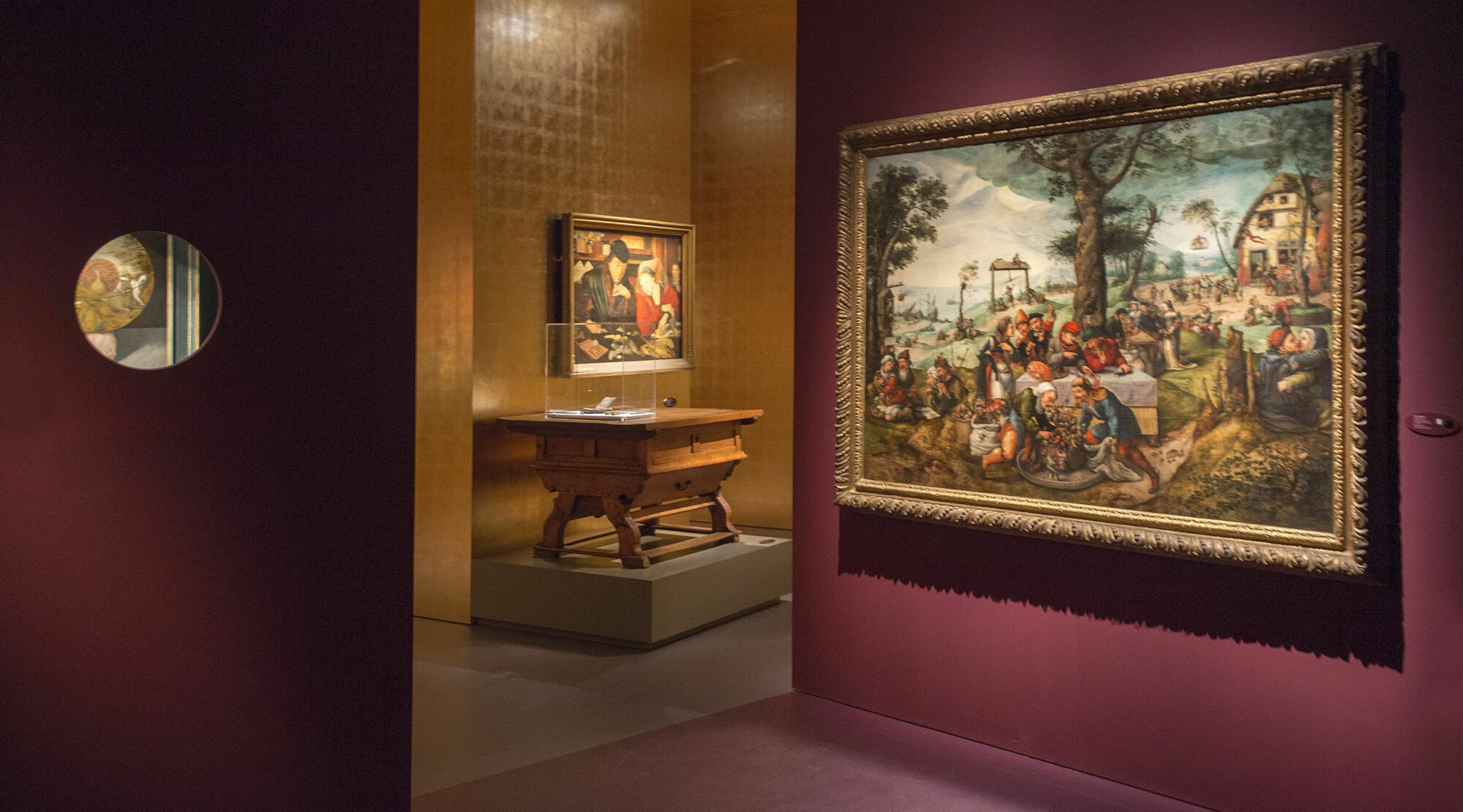
Relive the exhibition!
ROOTED
Painting Flanders 1880-1930
A year after its first successful exhibition, the Chancellery presented another part of The Phoebus Foundation collection to the public. The stars of this event devoted to Flemish art between 1880 and 1930 were the period’s most influential painters: Emile Claus, Valerius De Saedeleer, Gustave Van de Woestyne, George Minne, James Ensor, Léon Spilliaert, Rik Wouters, Frits Van den Berghe, Constant Permeke, Gust. De Smet, Hubert Malfait and Edgard Tytgat. The exhibition focused on a tipping point in Flemish artistic and cultural history and transported visitors back to the early twentieth century. But ROOTED was different and groundbreaking too. It was also about the present day and what it means to be Flemish, given that the boundary between past and present is gossamer-thin.

ROOTED offered a selection of masterpieces. Many of the works are privately owned and were being shown to the public for the first time. The fairy-tale scenography gave a sense that visitors could walk around the paintings. ROOTED was another bullseye: in the space of four and a half months, over 60,000 people came to the Caermersklooster.
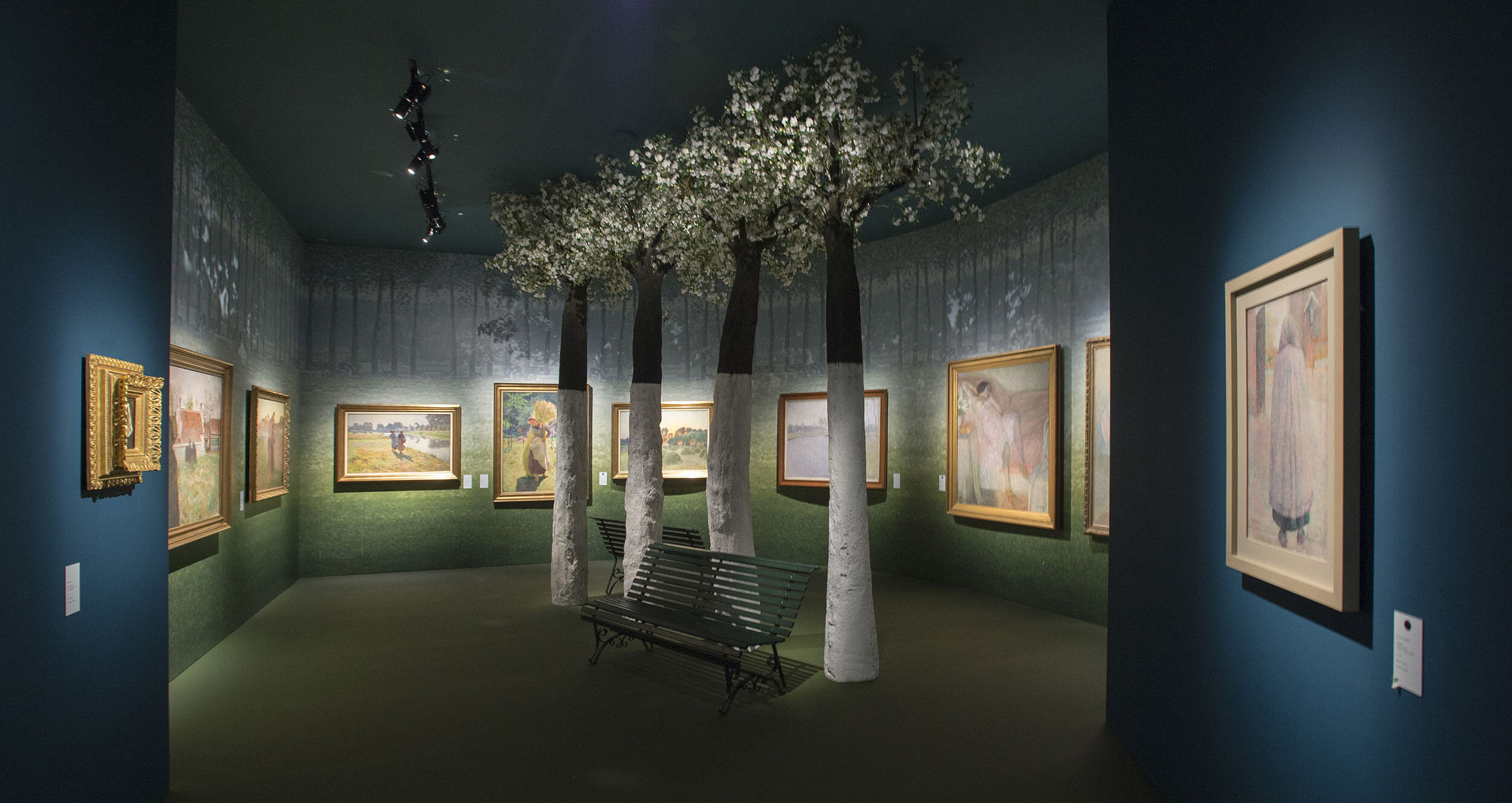
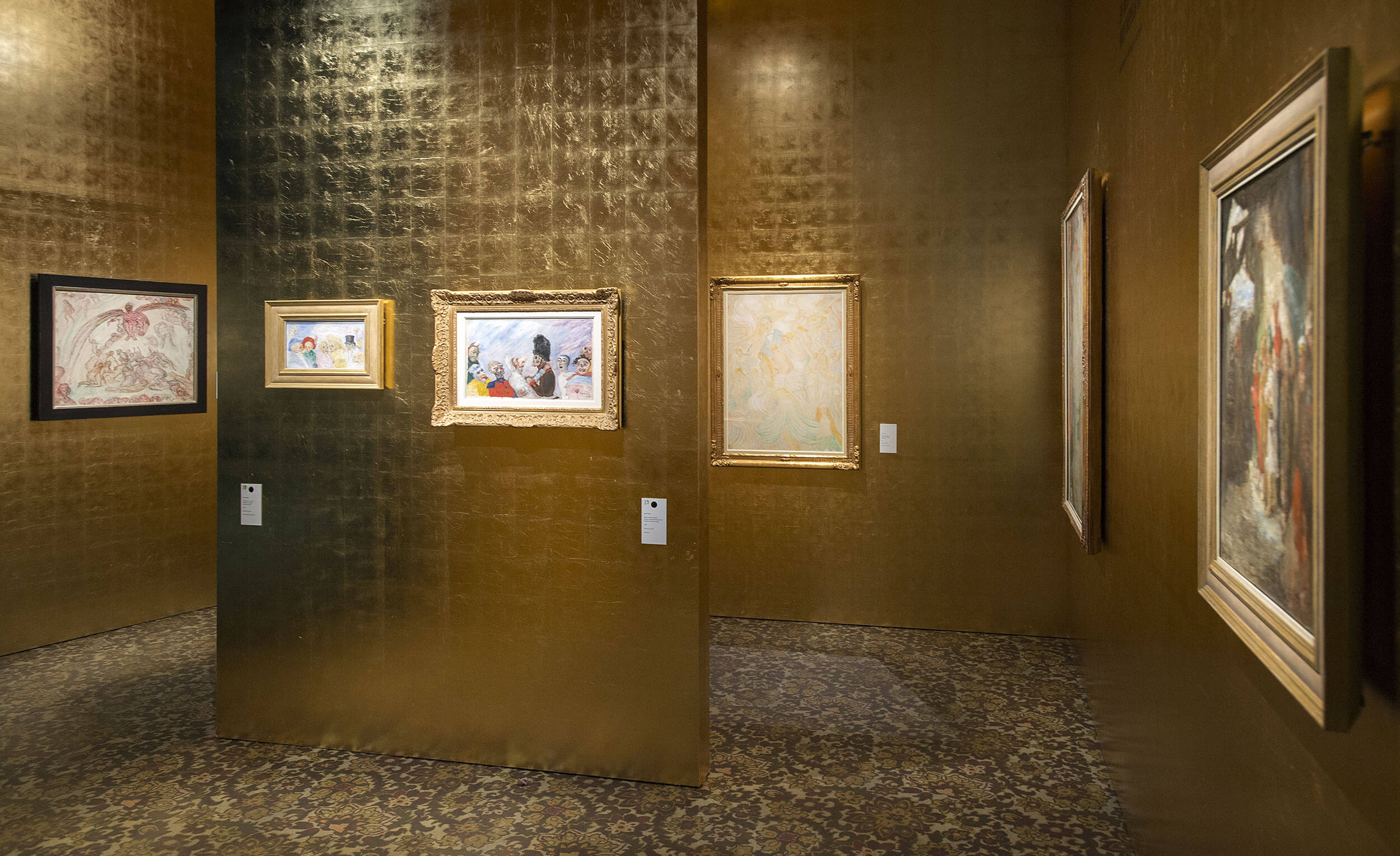
Relive the exhibition!
Art in Motion
This exhibition offered an insight into the history of Flemish art, with particular attention paid to the things that motivated its artists: how was art perceived by makers ‘from round here’? Did Flemish history influence their outlook on art? How do contemporary artists from the region view this evolution?
The exhibition was compiled from art works belonging to The Phoebus Foundation collection, supplemented by loans from various artists. The lower storey was given over entirely to temporary exhibitions of work by young guest artists.

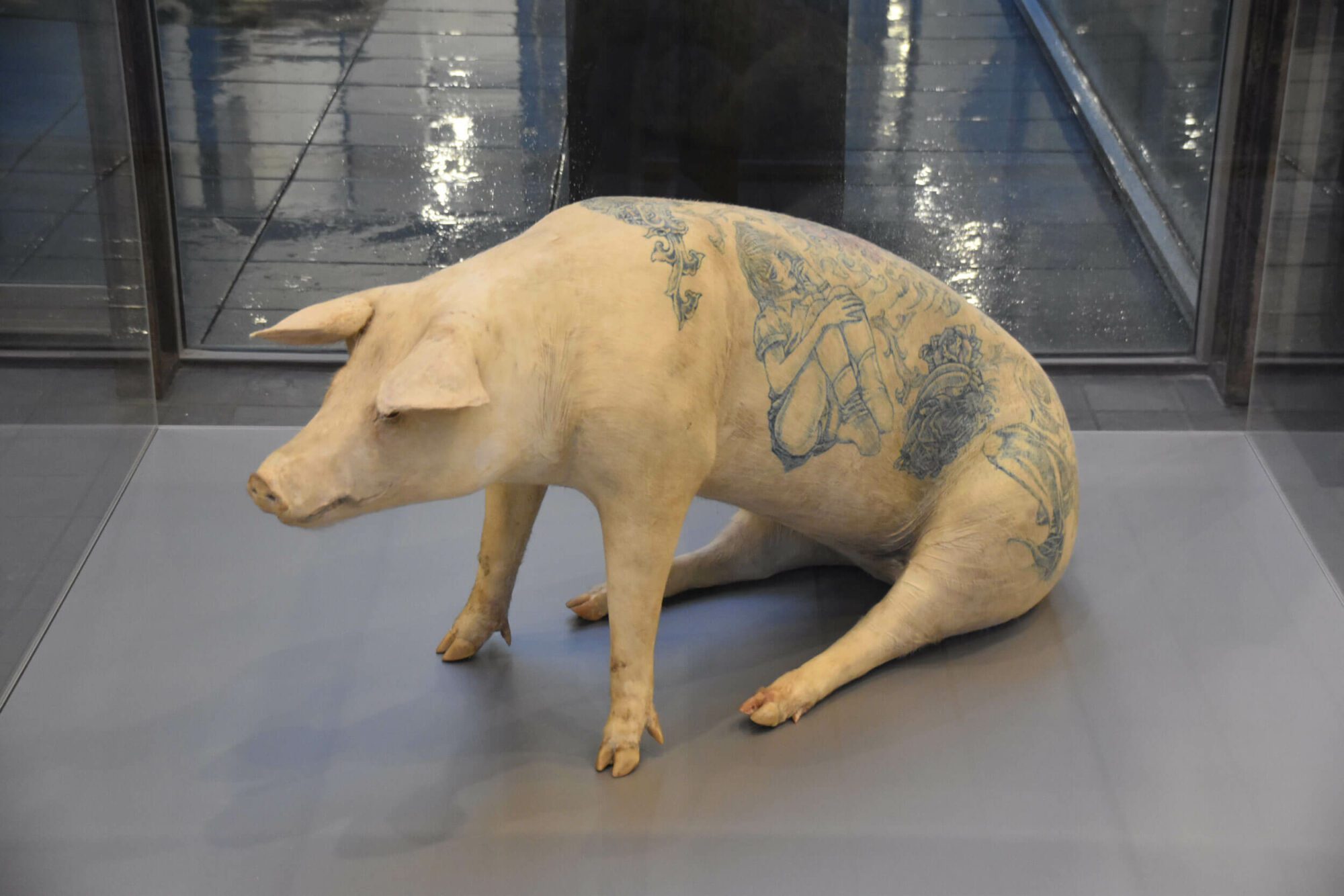
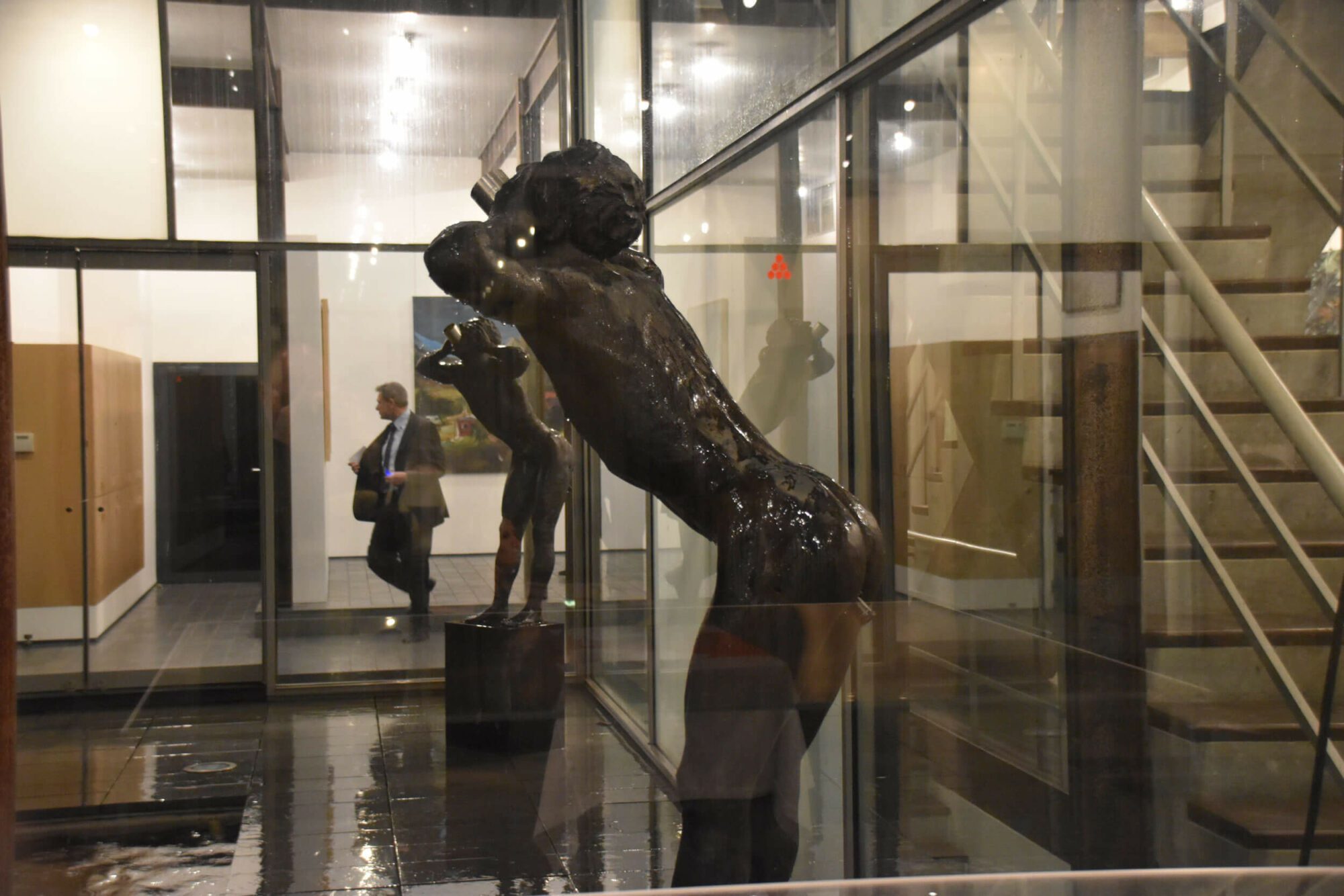
Painting in the Spotlight
The Chancellery of The Phoebus Foundation has been working with the Keizerskapel (Emperor’s Chapel) in Antwerp since 2017.
Every six months, a new and unknown jewel from the collection is presented at this unique location. An edition of Phoebus Focus tells the story of the masterpiece and its author gives a lecture.
The following works have been exhibited to date:
- Unknown master, St Luke Painting the Virgin, c.1520-30
- Daniël Seghers, Vase of Flowers with Roses, Narcissi and Tulips, c.1630-40
- Peter Snayers, Travellers Attacked by Robbers, c.1640-50
- Adriaen Isenbrandt, Triptych with the Immaculate Conception, c.1500
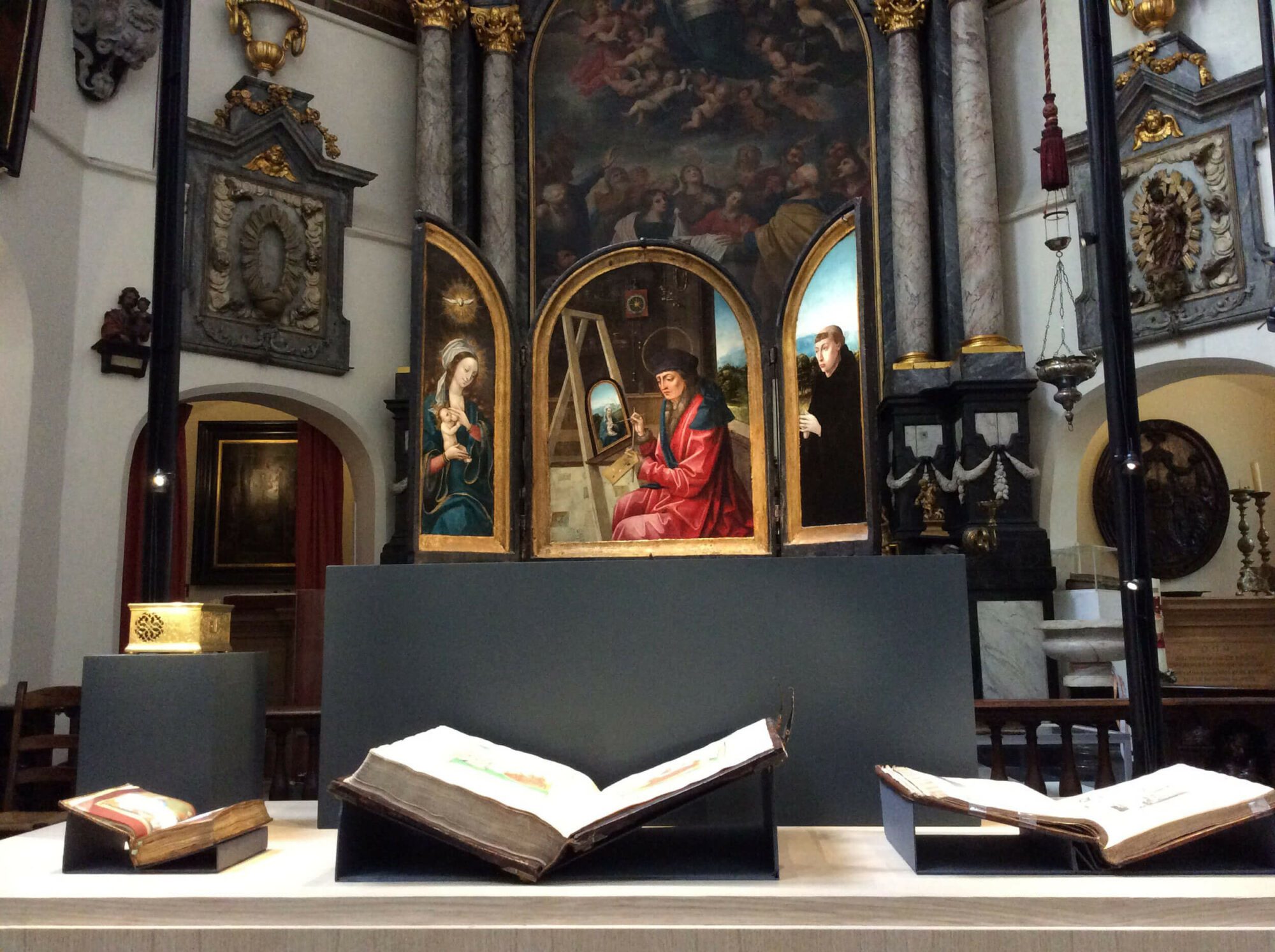
Fox Hunt
An Expedition into the Land of Reynard
In 2018, the Chancellery of The Phoebus Foundation introduced the public to a new sub-collection. Fox Hunt was not just any exhibition: it comprised a cycling and presentation circuit devoted to the legend of Reynard the Fox. The Chancellery worked on the event with the Province of East Flanders and the municipalities of Beveren and Sint-Gillis-Waas in Belgium and Hulst in the Netherlands. It was also advised by the Reynard Society.
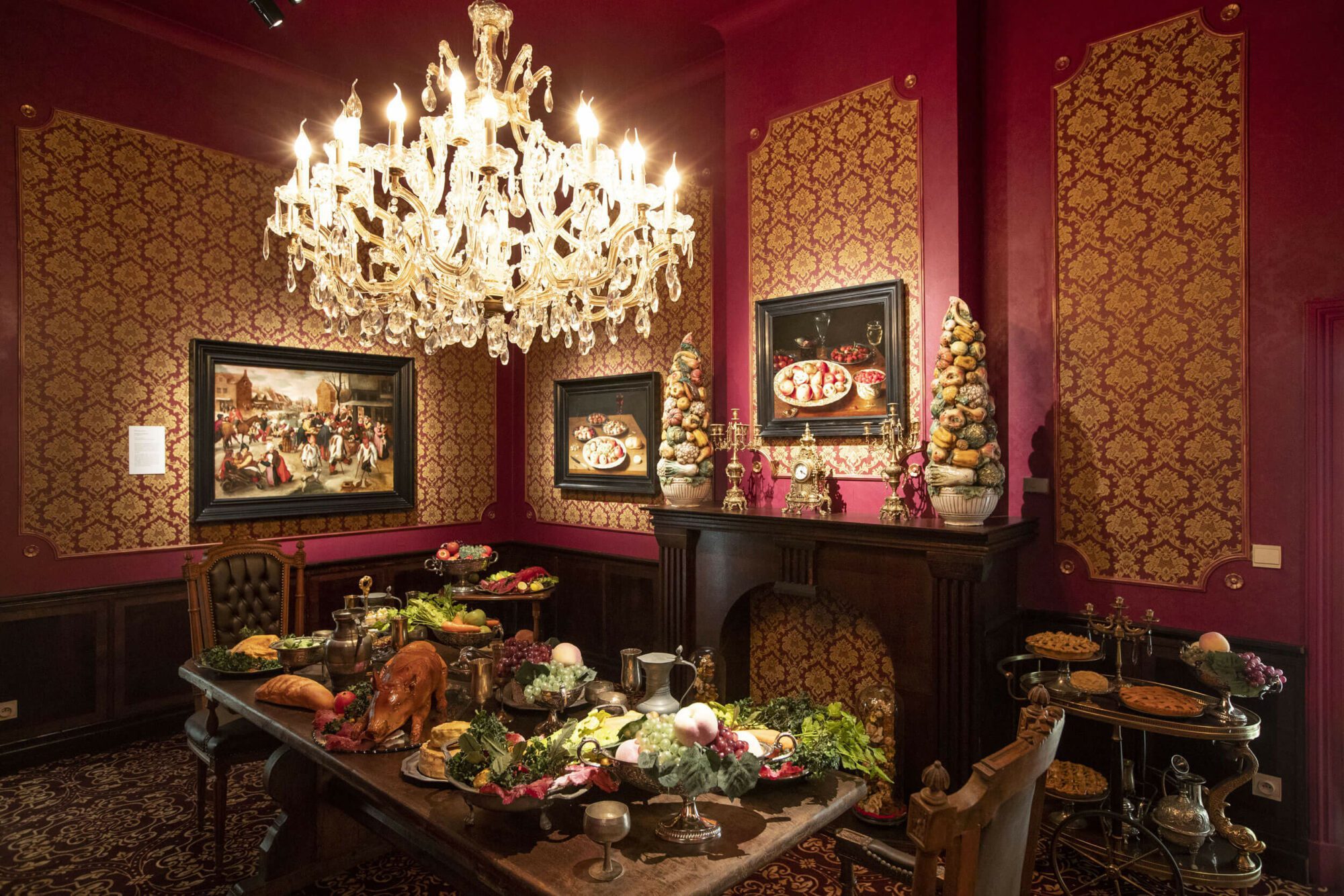
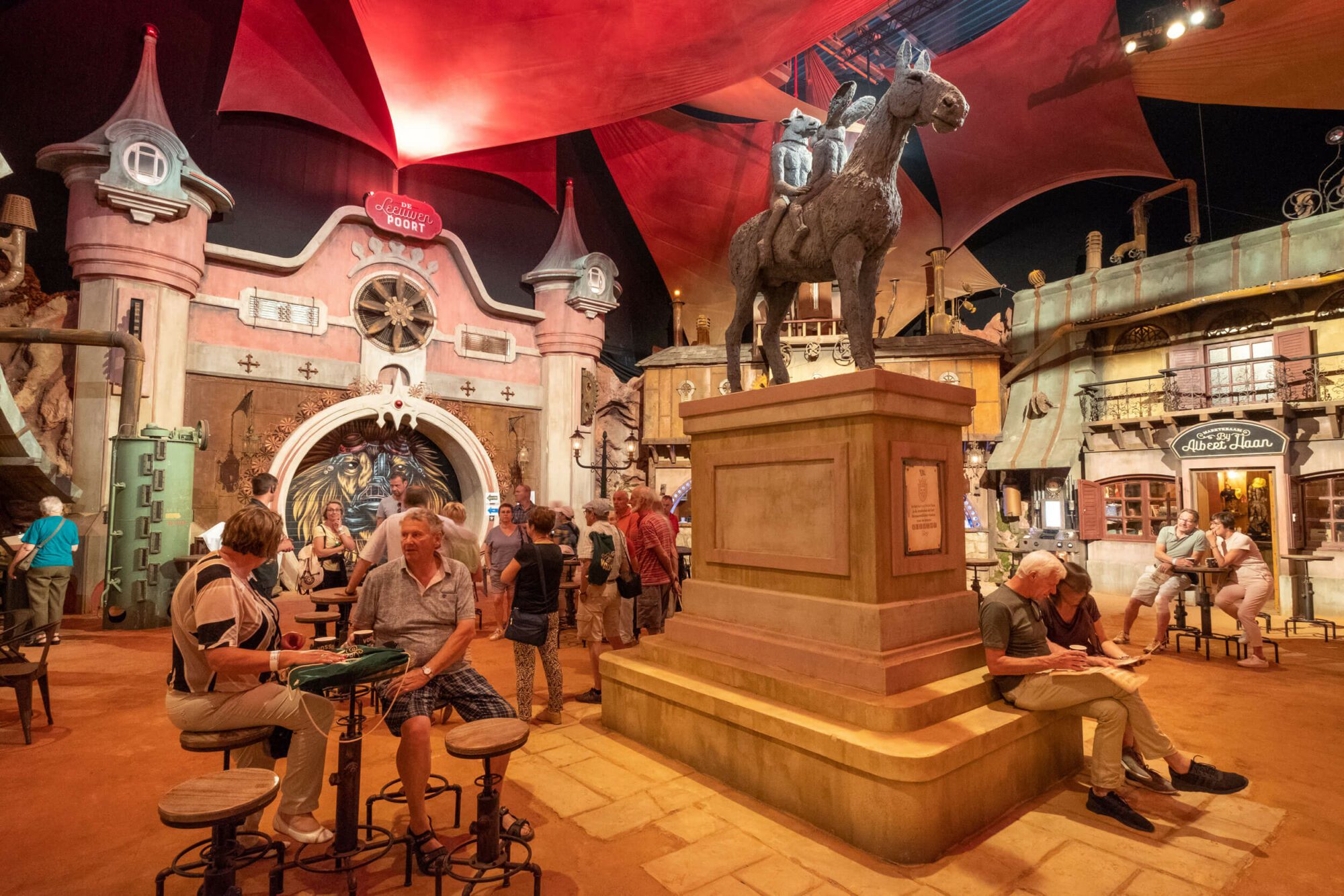
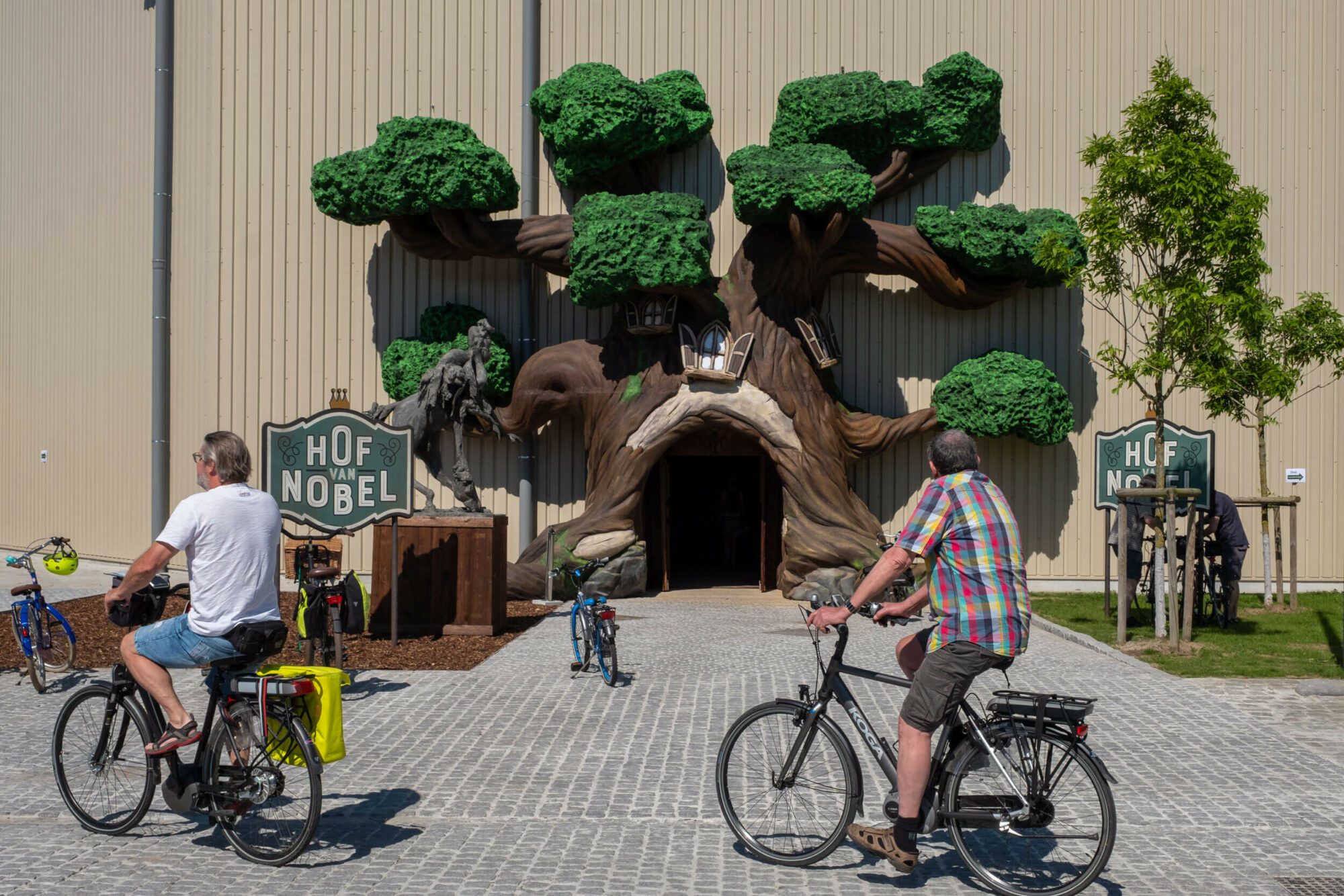
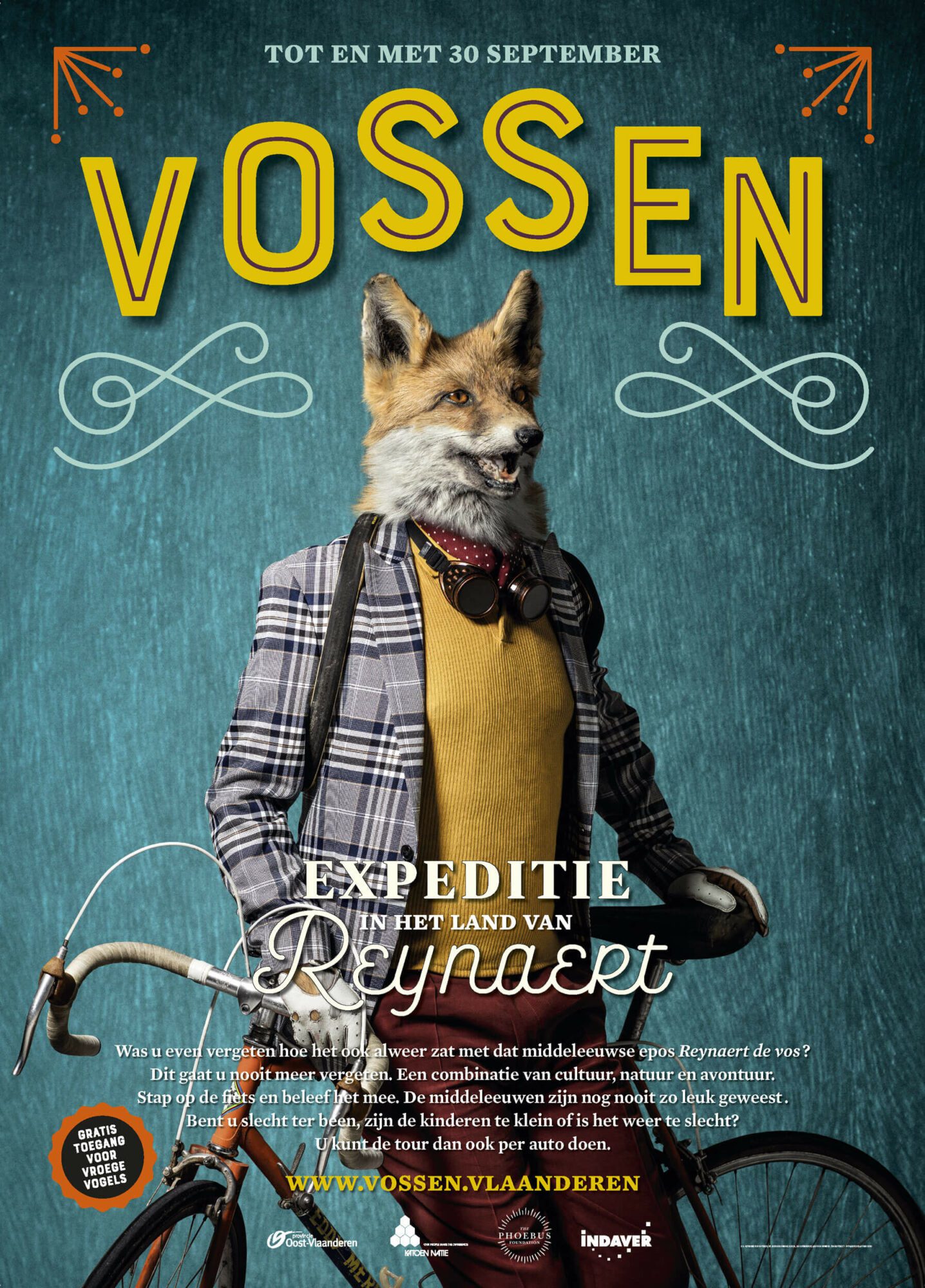
The wide-ranging Reynard collection was presented in the form of a ‘cultural expedition’ through the medieval fable, which took visitors on a 40 or 60 km cycle tour of the Waasland region of Flanders and Zeelandic Flanders in the Netherlands. In the course of this experiential circuit, visitors discovered the medieval tale of the crafty fox in a playful and accessible way. A piece of cultural history was made exceptionally accessible through magnificent works of art and sets, mischievous films and ultra-modern animations, not to mention an exciting treasure hunt.
With total visitor numbers of around 60,000, Fox Hunt was the third successful project in a row staged by the Chancellery of The Phoebus Foundation.
View the video
Lace is More!
Five Centuries of Cultural History Undressed
Aalst and the municipality of Moorsel, Water Castle, Saint Martin’s Church and Saint Gudula Chapel
Lace can have an old-fashioned reputation at times, but in 2019 the Chancellery of The Phoebus Foundation brought this centuries-old luxury textile very much to life. The Phoebus Foundation collaborated with the City of Aalst, the Jan De Nul and Van de Velde companies and with Willy Michiels and Jozef Dauwe to organize a sensual and piquant exhibition devoted to lace.
Lace is More! offered a historical survey of lace production from the sixteenth century to the present, while also surprising visitors with contemporary lace artworks. A selection of masterpieces from the old master collection combined with textile fragments, contemporary art and haute couture told the unique story of this home-grown Flemish luxury product. Lace is inextricably linked with the history of Flanders. Nowhere in the world do these precious family heirlooms, passed down from generation to generation, have such a unique character as here.
Lace is More! exceeded all expectations, drawing more than 80,000 visitors in the course of five months. Lace has never been so vibrant.
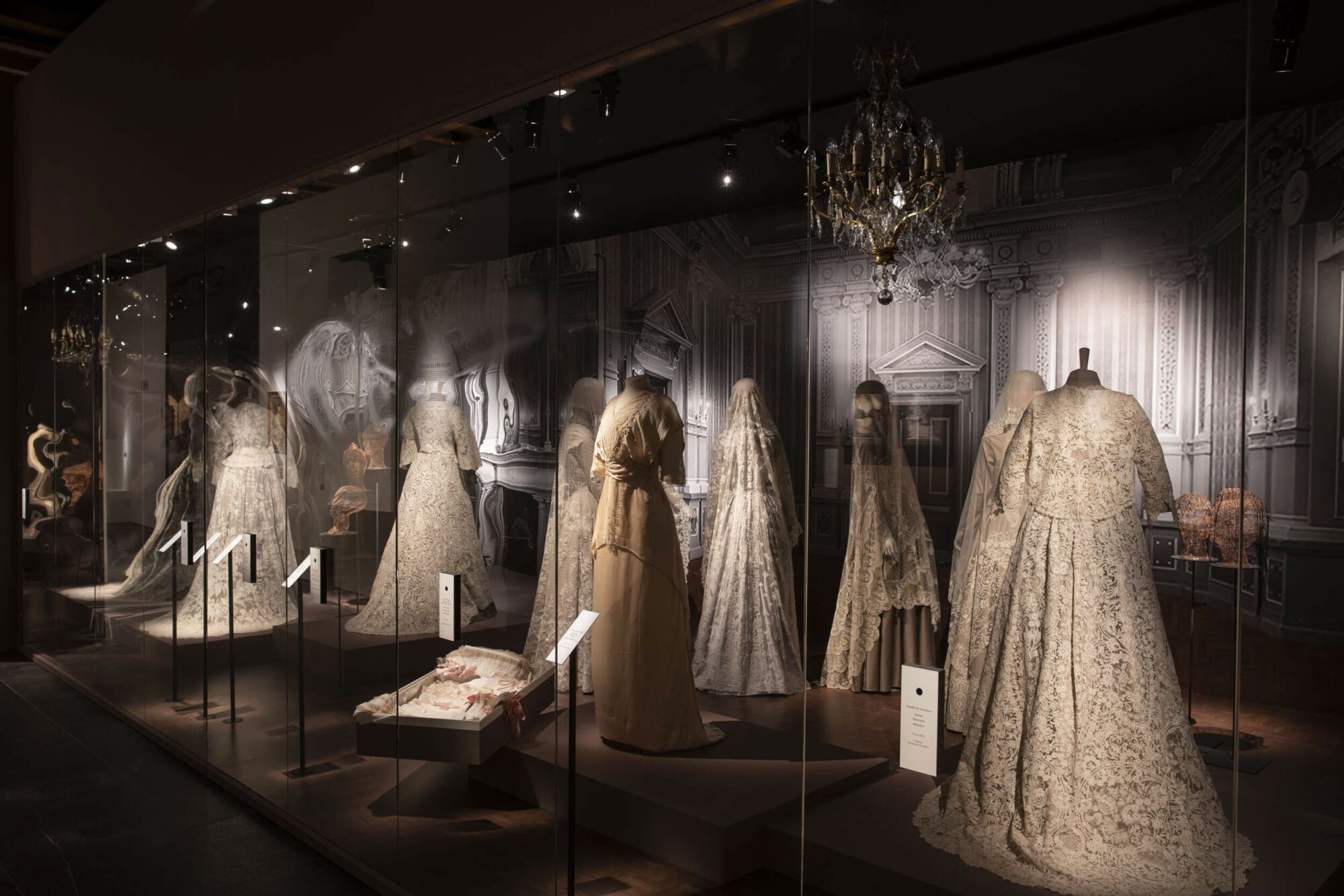
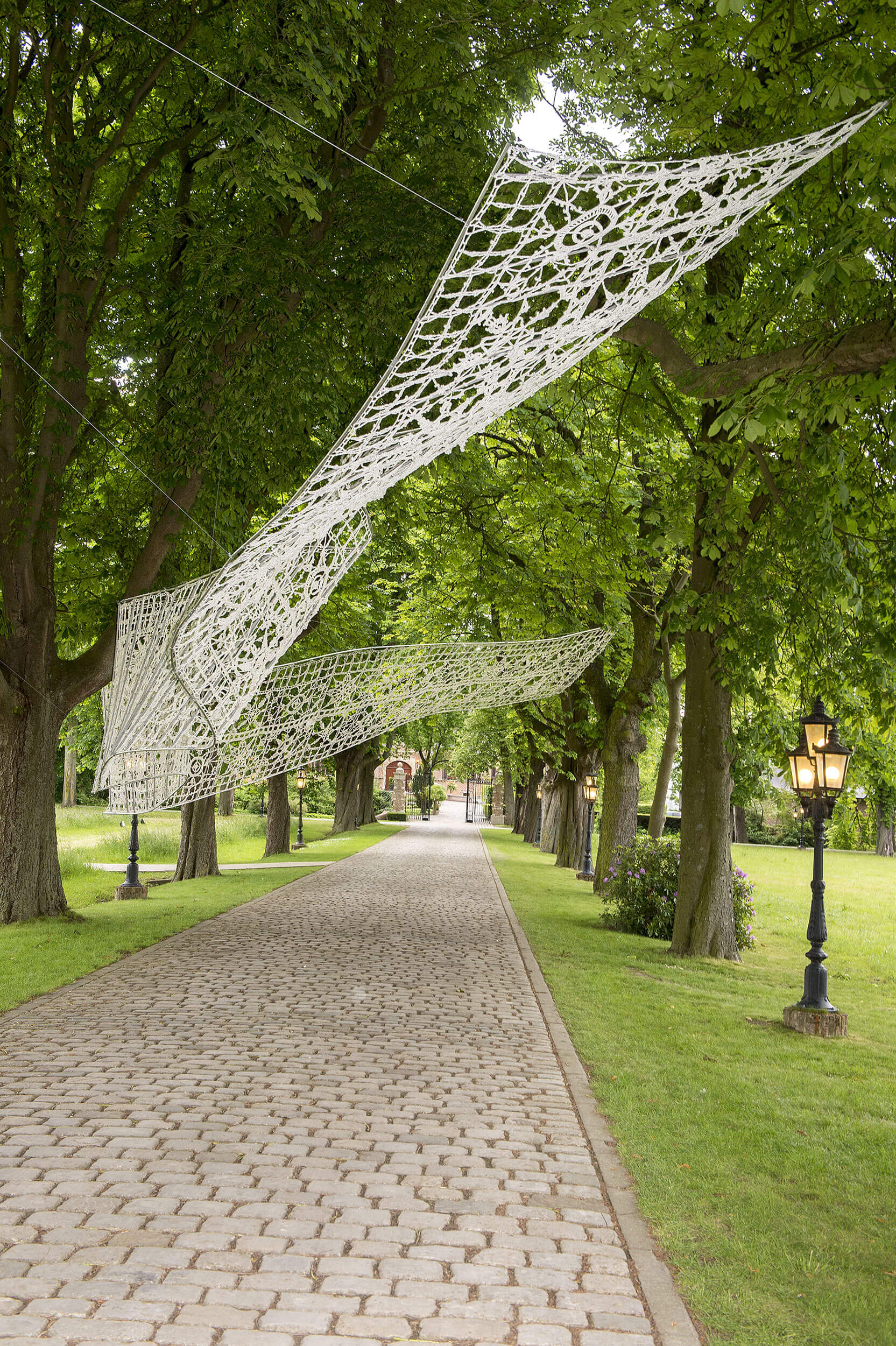
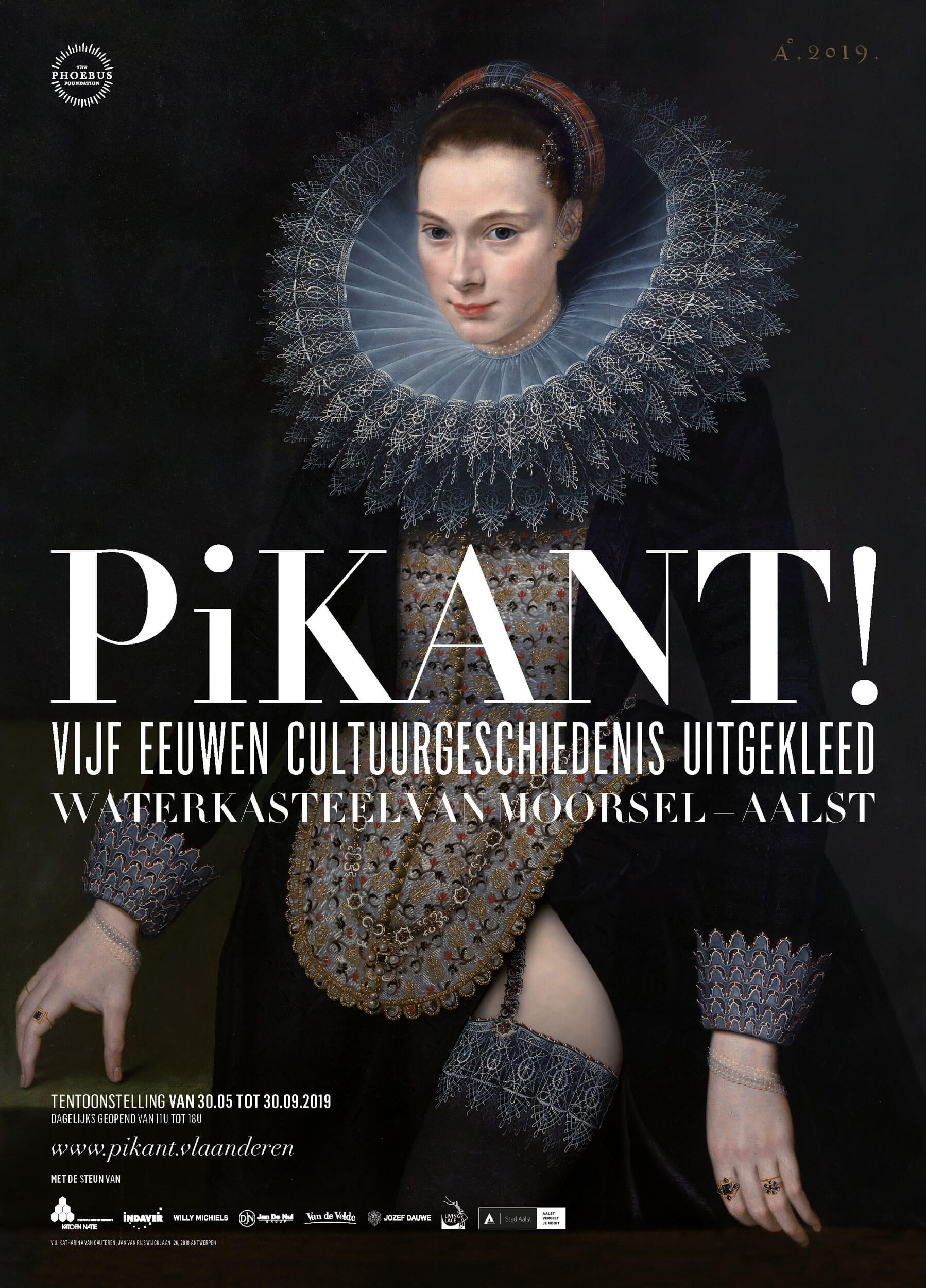
Relive the exhibition!
The Bold and the Beautiful
In Flemish Portraits
The many portraits in The Phoebus Foundation collection from the Middle Ages to the early modern era formed the ideal starting point from which to tell the fascinating story of portrait art.
The historical Snyders&Rockox House Museum offered the perfect setting, in which visitors could admire the portraits in their natural habitat, in a surprising scenography by the celebrated Antwerp fashion designer Walter Van Beirendonck. The exhibition was hosted by the sixteenth-century Antwerp mayor and art collector Nicolas Rockox himself, and featured artists like Quinten Metsys, Frans Floris, Jan Van Hemessen,
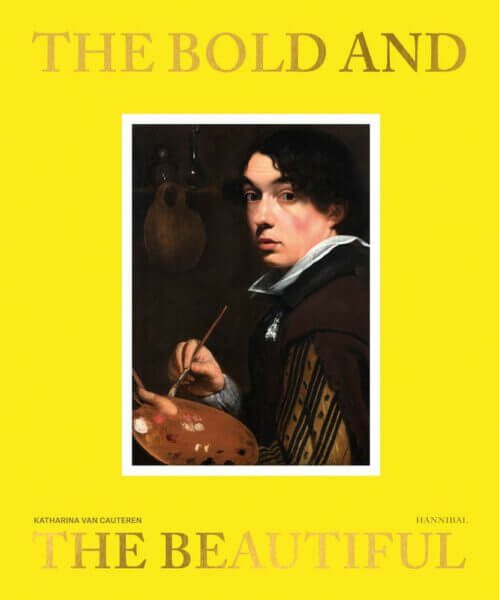

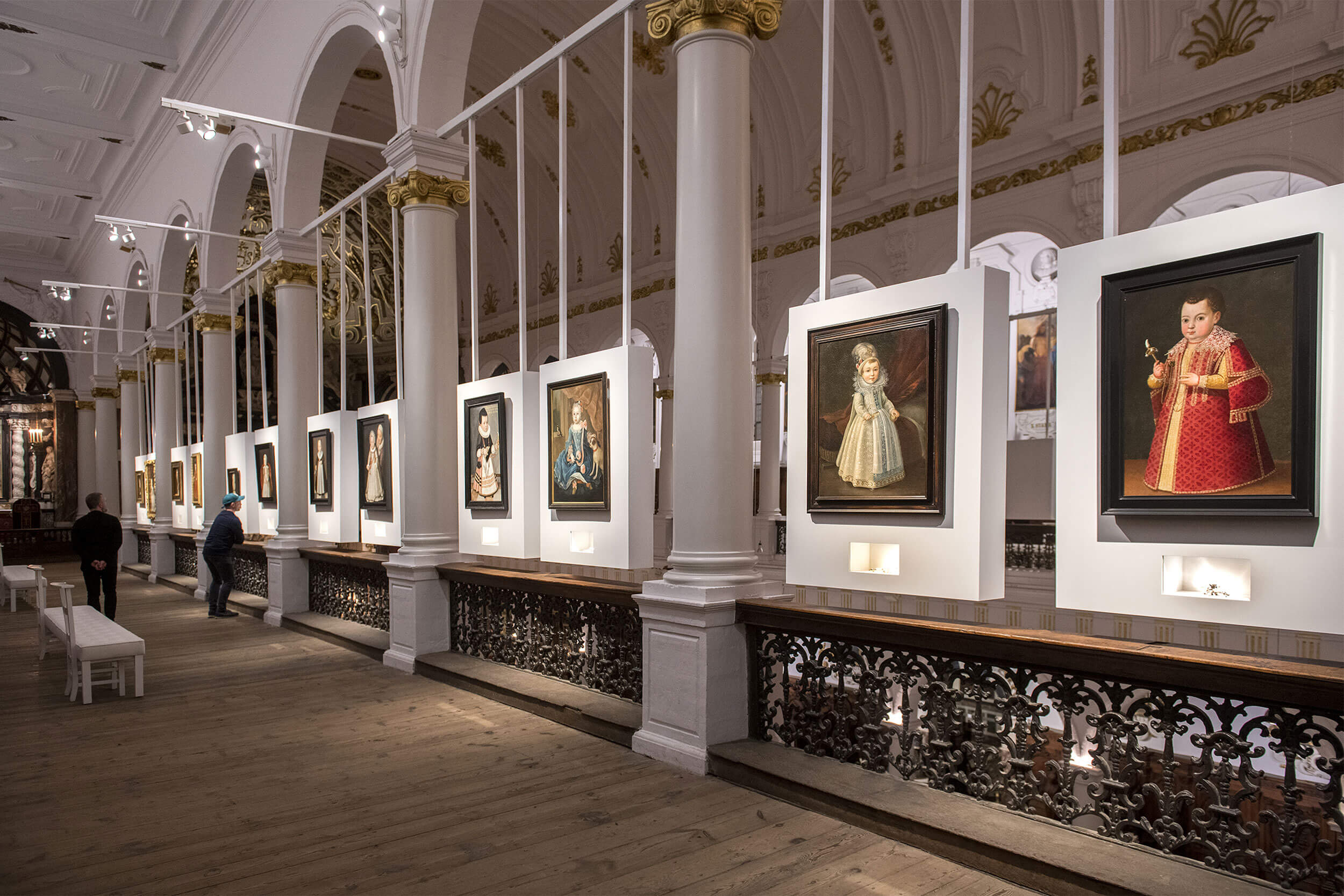
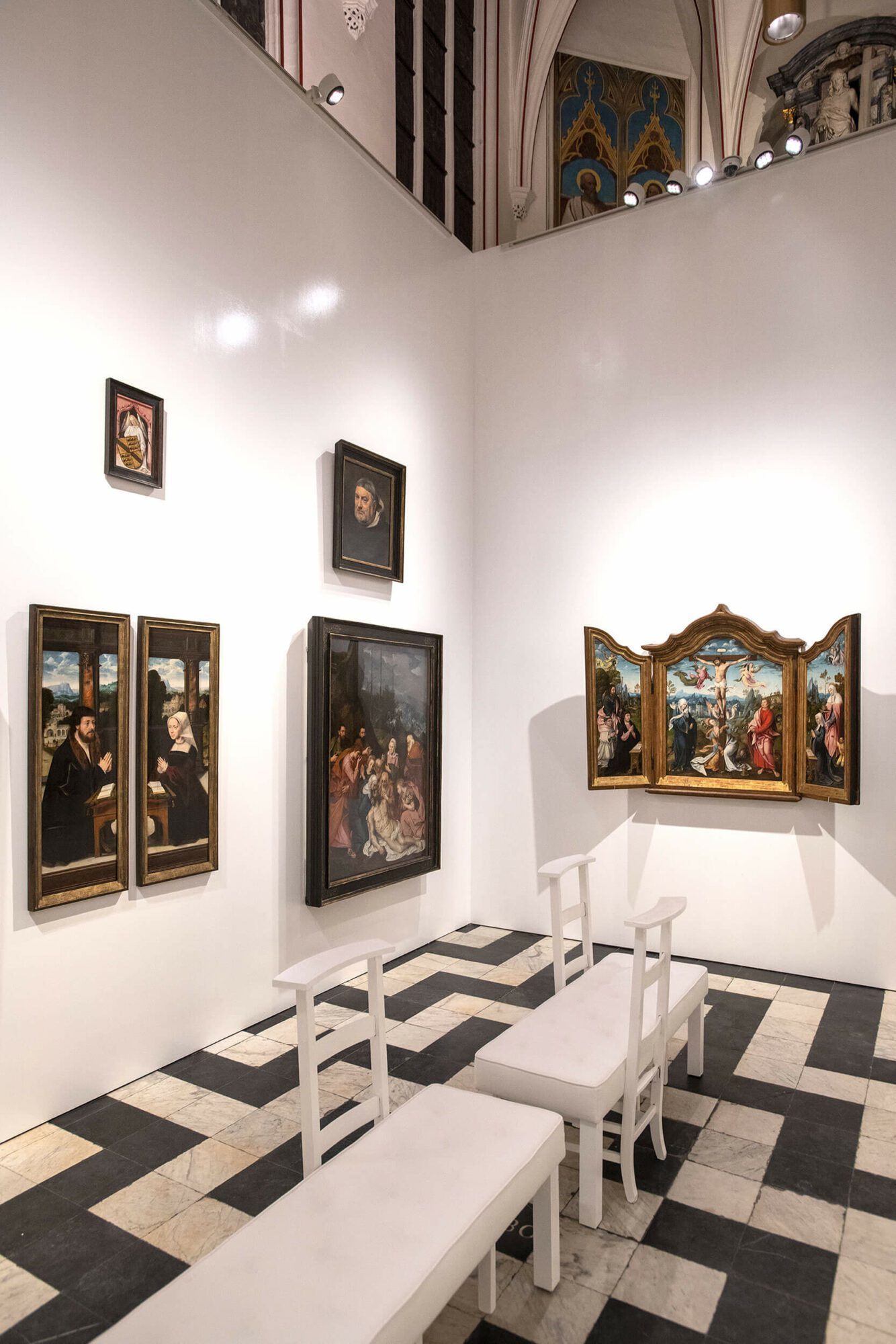
Peter Paul Rubens, Anthony Van Dyck, Jan Cossiers and Jan Boeckhorst. A walking route through Antwerp took visitors to various historical locations, at which they could discover the different aspects of portrait art. The Keizerskapel (Emperor’s Chapel), located opposite the Snyders&Rockox House Museum, was the ideal setting in which to view medieval, religiously inspired portraits and triptychs with the likeness of their donors; Saint Charles Borromeo’s Church on Hendrik Conscienceplein was the place to see moving children’s portraits; and the Vleeshuis Museum demonstrated through the monumental paintings of Frans Snyders that early modern people were as keen on gastronomy as they were on fashion.
View the video
From Memling to Rubens
The Golden Age of Flanders
Why does Hans Memling paint every detail with such precision? How did Rubens manage, with a few brushstrokes, to create an effect that would have made Steven Spielberg jealous? And why were the Southern Netherlands the artistic centre of the world for three centuries?
From Memling to Rubens showed Flemish art from the fifteenth, sixteenth and seventeenth centuries as you have never seen it before. The exhibition was a journey through three hundred years of cultural history, with breathtaking masterpieces from the collection of The Phoebus Foundation in the leading role. Unknown gems by Hans Memling, Quinten Metsys, Peter Paul Rubens, Jacob Jordaens and Anthony Van Dyck took you to a world full of folly and sin, fascination and ambition. From Memling to Rubens was about dukes and emperors, about rich citizens and poor saints, about art rooms as wine cellars and about Antwerp as Hollywood on the Scheldt.
From Memling to Rubens took you on a voyage of discovery through the past. Visitors were moved by the Flemish primitives, could see the world through the eyes of Mercator and Vesalius, and immersed themselves in the baroque excess of Rubens and Van Dyck. From Memling to Rubens had it all.
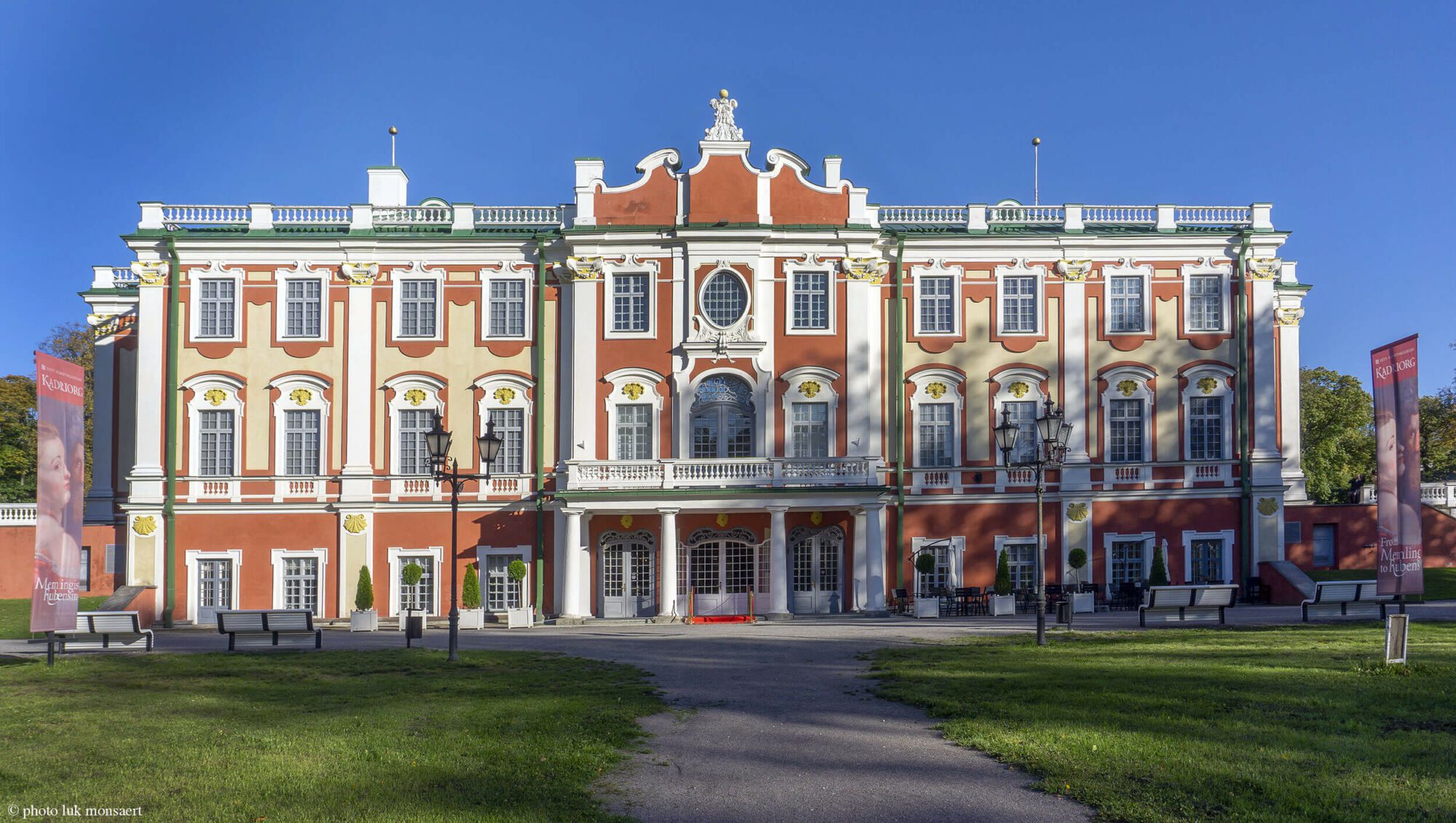
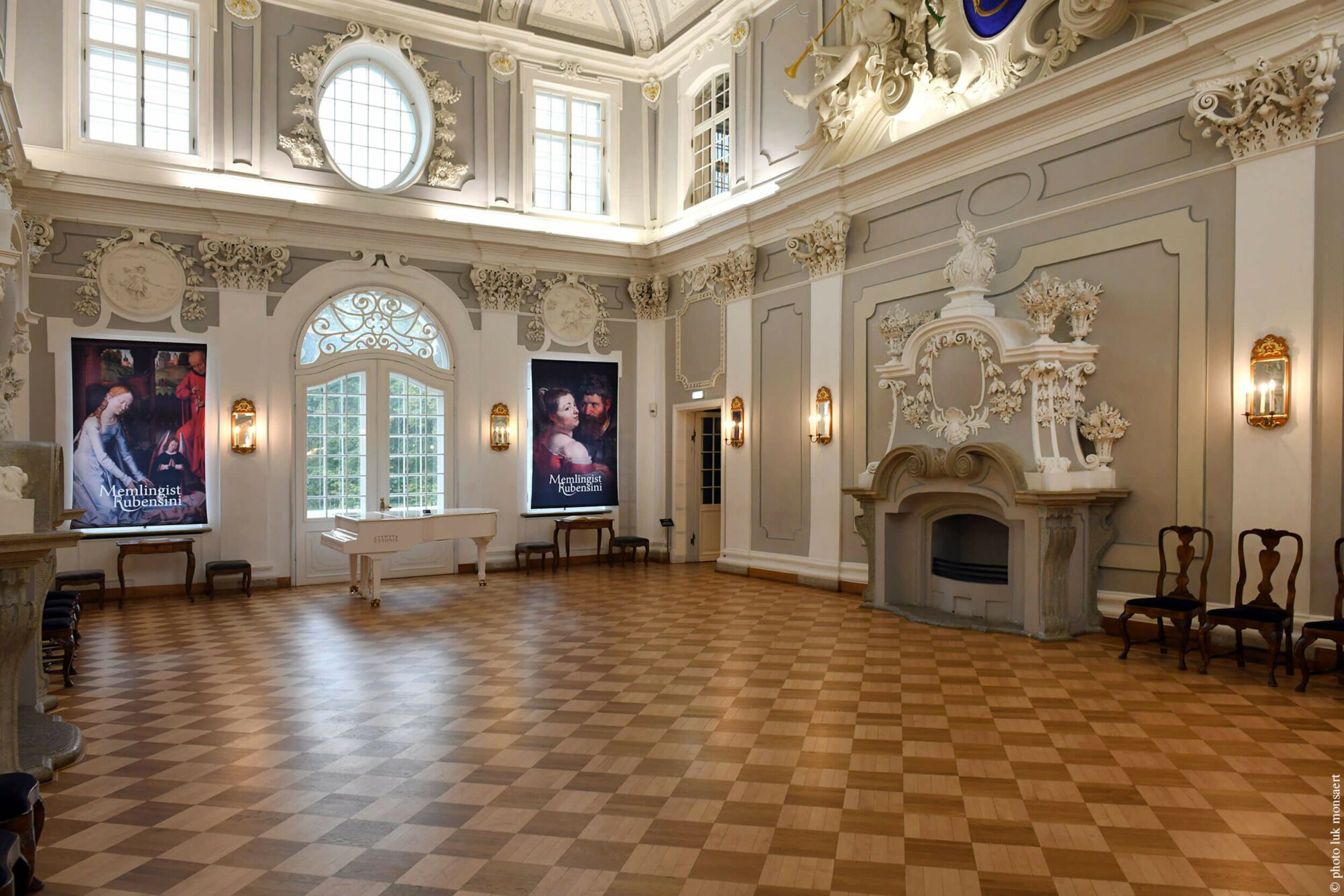
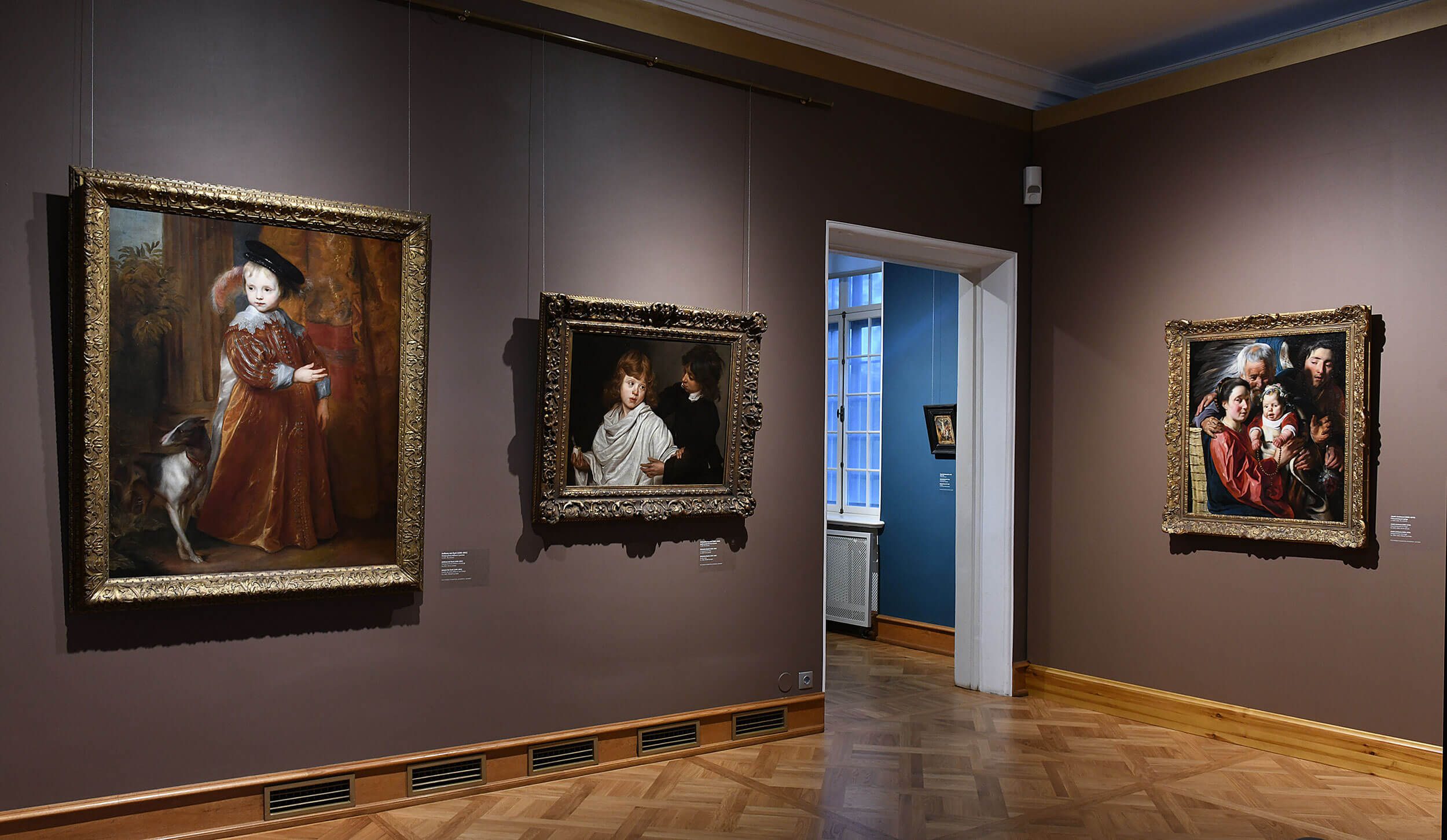
For the first time, The Phoebus Foundation presented highlights from its collection of ancient art abroad. Such a prestigious exhibition project required an appropriate location. From Memling to Rubens therefore took place in the Kadriorg Museum in Tallinn (Estonia).

The Kadriorg is nothing less than an architectural gem. The recently restored palace was built between 1718 and 1725 for the Russian Tsar Peter the Great. He named the building and its idyllic surroundings ‘Kadriorg’ – in German: Catharinenthal – in honour of his wife, Czarina Catharina. It’s a true declaration of love: the Kadriorg is considered one of the most exquisite highlights of Baroque architecture in Northern Europe.
Tallinn was once the northernmost of all the Hanseatic cities. Today, the beautifully preserved medieval city is an ideal destination for a city trip. Moreover, a visit to Tallinn can easily be combined with a trip to the Finnish capital Helsinki, or with a diversion to the other Baltic States. In short: From Memling to Rubens offered you the best of all worlds!
View the video
Crazy about Dymphna
The Story of a Girl Who Drove a Medieval City Mad
Following several years of intensive research, The Phoebus Foundation has embarked on a large-scale conservation project: the magisterial St Dymphna Altar, a masterpiece by Goossen Van der Weyden, grandson of the celebrated Flemish Primitive painter Rogier Van der Weyden. Goossen created the altarpiece for Abbot Antoon Tsgrooten of the Norbertine Abbey in Tongerlo. It tells the tragic story of Dymphna, an Irish princess and patron saint of the mentally ill, who is venerated in the town of Geel, in the Kempen region of Flanders.
In the five hundred years since it was painted, the altarpiece has been cut down, neglected, vandalized, stolen and forgotten. The Phoebus Foundation recently decided to go ahead with a thorough restoration, the results of which can now be presented to the public.
In 2021 the panels were being hosted by Niguliste Museum in Tallinn (Estonia), where an interactive scenography immersed the visitor in the Irish saint’s extraordinary world. Visitors could discover the exceptional stories, forgotten for centuries, that unfolded beneath the layers of dust and dirt, while experiencing the unique history of a monumental altarpiece.


